Connecting with Excellence

























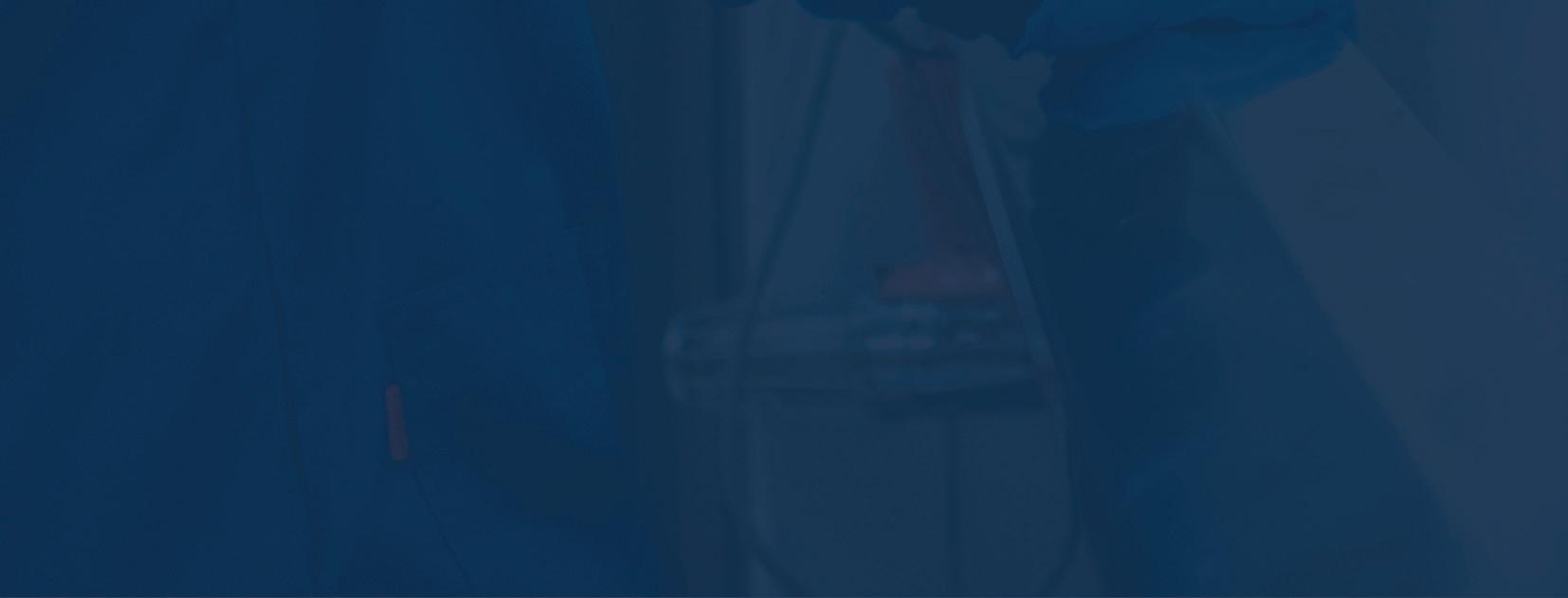
Across a culture of respect and equity, we are solving the greatest challenges of our planet, with groundbreaking fundamental and applied research. Through innovative, research-linked, experiential education, our students are empowered to be confident, entrepreneurial problem-solvers, with flexible skills for a vast set of careers.
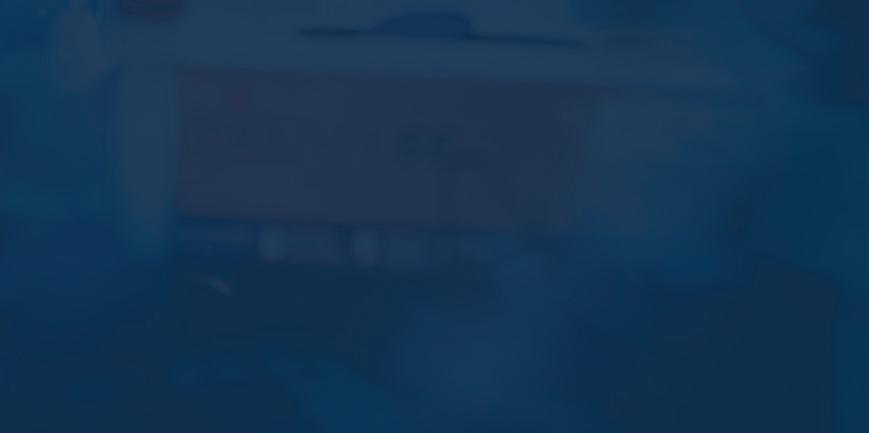
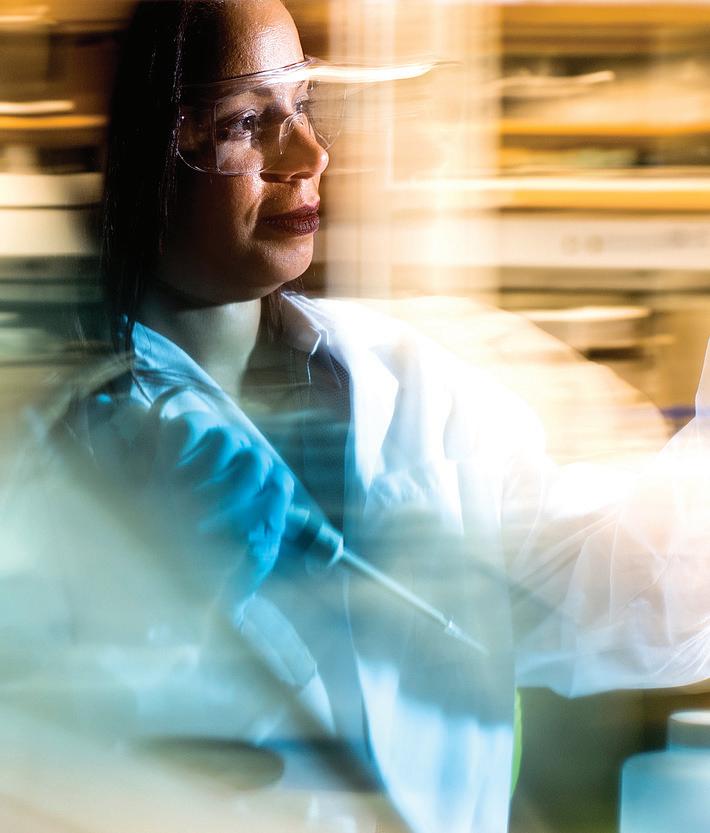
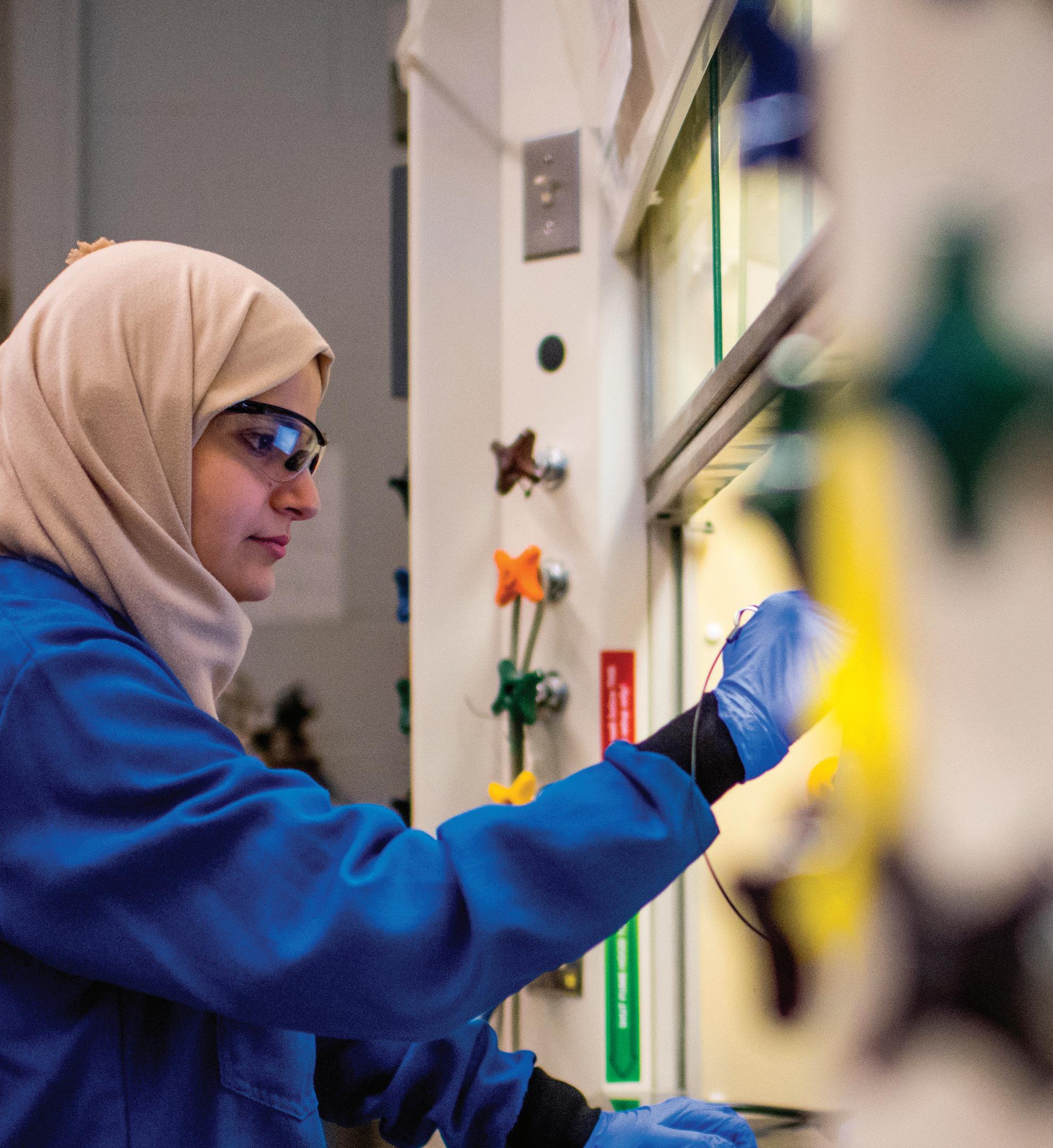
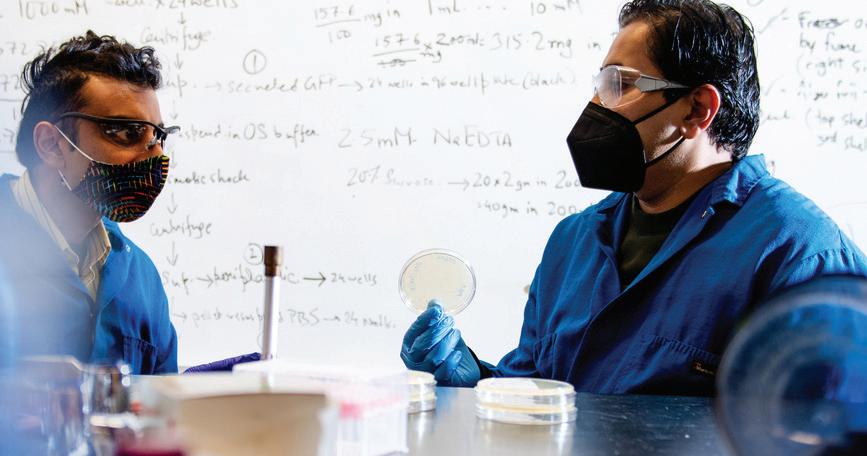
Science is the Olympics of discovery and application. The teachers who construct courses with elegance and insight, the researchers addressing questions with stunning logic, the students who learn things new and fascinating, and who understand new possibilities for their futures, are our Gold Medalists. Often, we play team sports, working together to the nish line of scienti c solutions. Everyone’s e ort and contribution are medal-worthy when it comes to our College of Science at Northeastern University, across learning, teaching, research, and expert administration. Within a culture of respect and action toward equity, excellence in Science is what we do.
Like Olympic sports, Science research breaks frontiers, to reveal the unexpected and the fascinating, and toward powerful solutions. For example, biology researchers are understanding how bacteria become deadly pathogens, immune to current antibiotics, and devising new medicines to combat infection. Across marine and environmental sciences, investigators are examining how plastics cycle through the environment, and how to minimize their toxic impact. Mathematicians are combining their scholarship with computation to examine huge data sets, where some outcomes will improve accuracy of patient MRI scans. Physicists are working to derive exotic quantum materials that will revolutionize communications and detection. And our psychology researchers probe the brain as it thinks, leading to therapies for PTSD and autism. The Good Power of Science builds new cures, new energy sources, new materials, new ways to protect our planet, to address the greatest challenges of science and society.
In the Northeastern University College of Science, our research is intertwined with the great mission of educating students at every level, who become empowered for top careers or next educational steps. Our prowess in research and education is achieved by connecting across disciplines, across Northeastern University, across communities, and across our planet, so that we meet College of Science goals and supports the university’s academic plan.
Congratulations to every College member for participating in the Olympics of Science, thank you to each of you who support our work, and thank you for celebrating our excellence!
Warm regards,
Hazel
Sive, PhD, Dean Northeastern University College of Science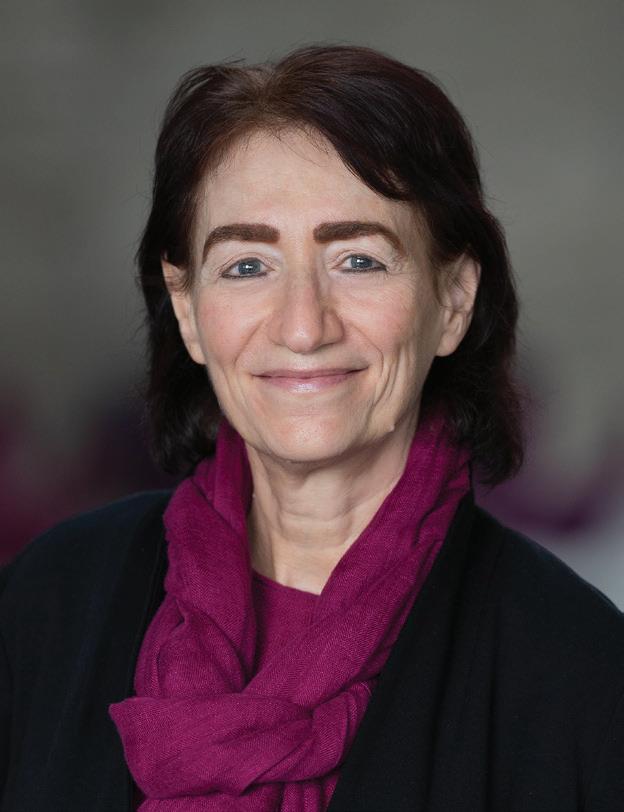
The Good Power of Science builds new cures, new energy sources, new materials, new ways to protect our planet, to address the greatest challenges of science and society.
Empowering confident, entrepreneurial problem-solvers through mind-stretching education. Discovering brilliant solutions to challenges across society and our planet. Promoting the good Power of Science across disciplines. Preparing students to be crucial researchers and for entry into every top career. All within a collaborative, diverse community where everyone belongs.
Within our commitment that the College of Science is a diverse community where everyone belongs, we celebrate our:
• Diversity Dashboard and Principles
• Excellence in Equity, Diversity, Inclusion, and Justice Faculty Awards
• Advancing Women in Science Scholarships
• Addressing Academic Bullying Program
• Ramp-Up courses that encourage success of every student
Our faculty educates every student and directs our brilliant research. This year we hired 46 new faculty members! Our INVEST hiring is shifting the paradigm by appointing tenure-track faculty at or soon after PhD completion.
RESEARCH GRANT SUCCESS: $60M EXCEEDS GOAL!
Our faculty raised over 100% of our research funding goal, thanks to brilliant, crucial research areas and strong collaboration with our grants administration team.
These include the Sloan Foundation, the Camille and Henry Dreyfus Foundation, and the American Association for the Advancement of Science.
The rst cohort is in progress, with three-Cs focus: strong Community, Career Skills training,
Cross-disciplinary Research acumen. It’s a unique, transformative approach that is reinventing the PhD
COS MS Biotech is in Toronto! MS Biotech and MS Bioinformatics are at the Roux Institute in Portland, Maine! Miami is next!
Thanks to the outstanding support of our donors, we surpassed our goal and raised $16.7M, ready to support undergraduates, graduate students, and faculty along their trajectories while promoting the Good Power of Science.
The College of Science pioneered a new hybrid work landscape with a successful pilot program for staff units. The goals are to encourage greatest productivity along with well-being of each COS member.
Great research needs great space, and through COSMO (College of Science Main Organization) we built new laboratories and associated spaces, already in use!


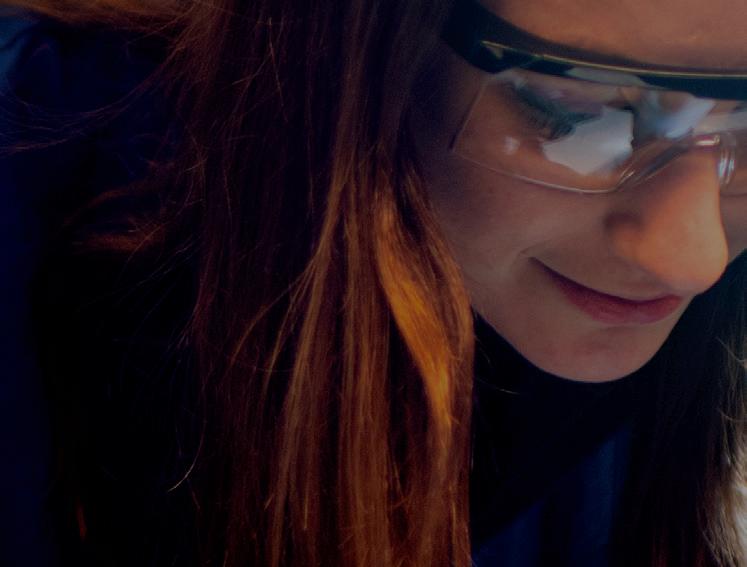
Thanks to record enrollments and the work of faculty and staff, the College has enjoyed another record year of growth. A growing student population and research portfolio have both resulted in record amounts of hiring, grants administration, renovations, and related work.
Here are a few key highlights from 2021 – 2022:
• Renovated over a dozen labs to better meet research and teaching needs
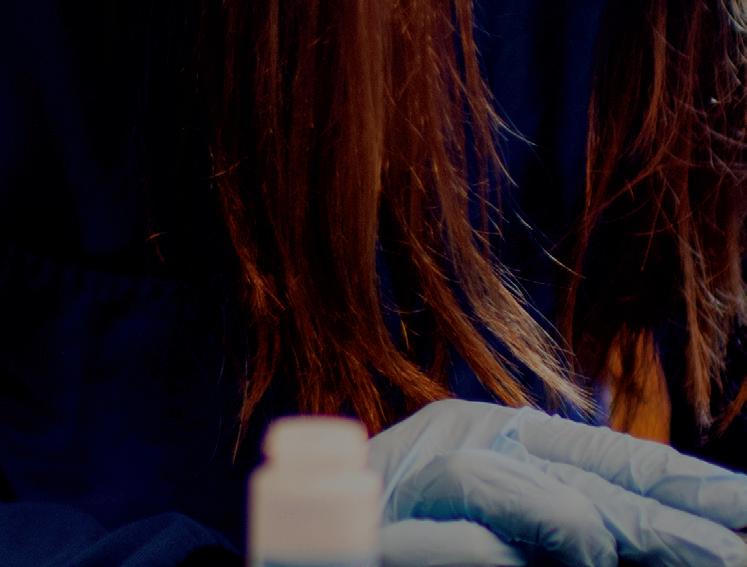
• Opened a new 2,500-square-foot Life Sciences research lab


• Opened a new 4,100-square-foot hybrid work o ce suite
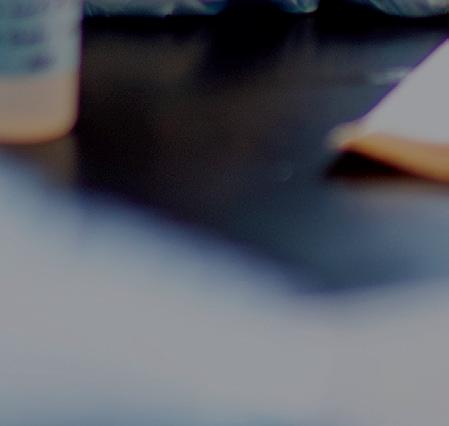
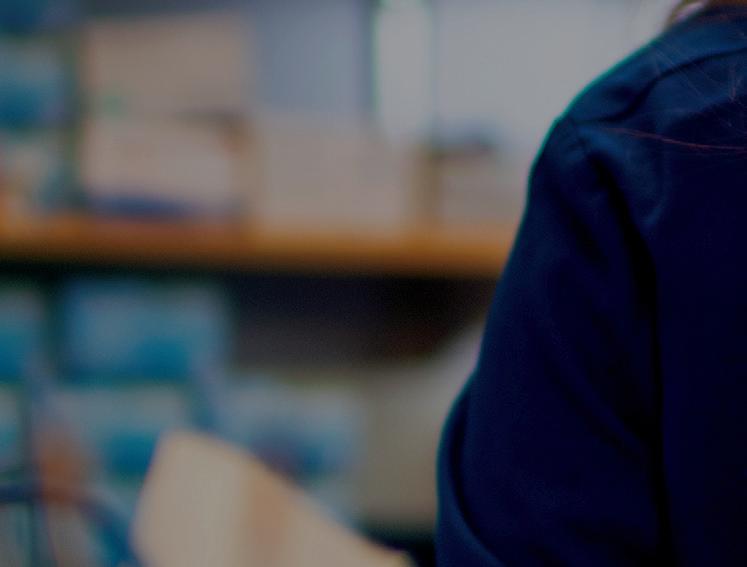
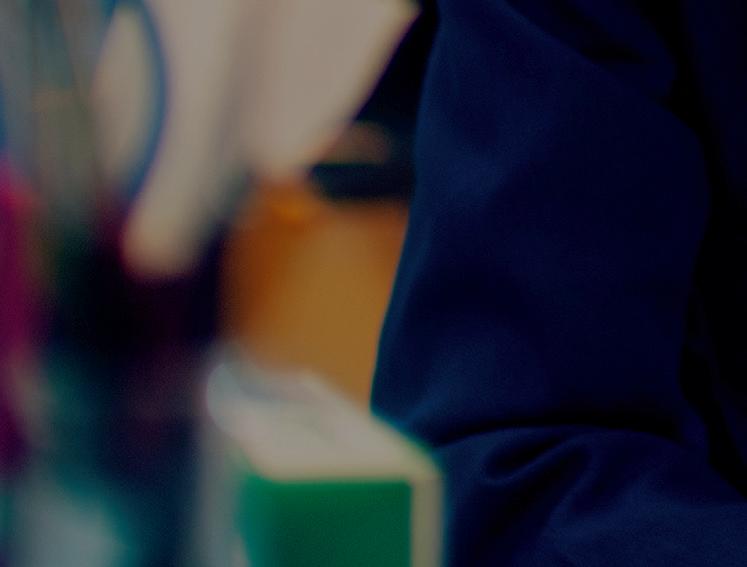
• Supported a record number of new hires and expanded faculty / sta population
• Developed a hybrid work system currently in use by over one-third of administrators
• Grew the grants administration portfolio further: - to submit over 330 new grant proposals - to administer over 250 active grant awards
• Managed nances to return a positive operating surplus at year-end
Building excellence in the College of Science requires a dedicated and invested sta , and I am proud to be a member of such an incredibly e ective team.
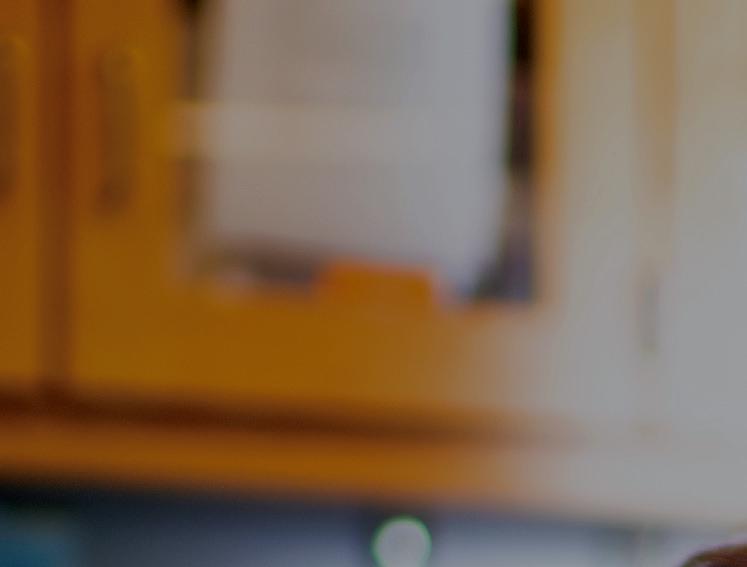
I am pleased to report that in 2021–2022, the College continued to exceed its goal of hiring distinguished faculty to support our position of excellence in research, education, and innovation. The College successfully recruited 23 tenured/tenure-track faculty, including six through the INVEST program. Demonstrating the connectedness of COS research, 13 have joint appointments across departments or colleges. We were further honored to recruit 23 full-time, non-tenure-track teaching faculty.
We are delighted that Mauricio Santillana joined us as a Full Professor of Physics with a joint appointment in Electrical and Computer Engineering (COE).
Our faculty continue to advance in their careers, and 14 full-time faculty were promoted this year, including those awarded tenure.
Congratulations to all!
Oyelaran, PhD, Associate Dean for Faculty Affairs Thompson, Associate Dean for DevelopmentThe College of Science embraces a culture of respect, where each person feels valued for their contribution and is treated fairly. Equity, diversity, inclusion, and justice are the foundation of e ective research, teaching, learning, and service. A core goal for our College is to Build a Culture of Respect and Action Toward Equity Our work further supports the Northeastern commitment to promote diversity, equity, and inclusion, and to support the rst pillar of the Northeastern academic plan, “Build on the Power of Diversity.”
We commit to be a college where members act with respect, trust, collaboration, and communication—one where inappropriate behavior is reported and acted on without fear of retaliation. We affirm that these principles are necessary to advance our understanding of science and the ways that science can benefit all of humanity. Realization of this commitment requires awareness and active participation by every member of our community, both as individuals and in groups.

In the past year, I am pleased to report that we have made progress in advancing our three overarching goals: rst, to promote a culture of respect, support, and inclusion; second, to enhance demographic
representation and retention of faculty, sta , and students; and third, to engage our community in actions to promote equity and inclusion in the College.
For the first, we focused on actions to identify and disrupt workplace bullying behaviors that can be pervasive and devastating in academia. We also expanded mechanisms to increase diversity among our faculty, staff, and students. Further, we have led cross-College efforts to celebrate historically marginalized groups, examine the obstacles that contribute to their lack of inclusion, and surface actionable solutions to close the persistent gaps in representation in STEM fields.
Hughes, Phd, Associate Dean of Equity
 with
Randall
with
Randall

The College of Science is committed to hiring brilliant faculty across the demographic of society. The INVEST program (Initiative to adVance Excellence in Science and Technology) is shifting the hiring paradigm by focusing on hiring exceptional candidates at or soon after completion of the PhD. This initiative is designed to address the signi cant attrition of talented science and technology PhDs from the academic pipeline following the completion of their degrees.
This loss of diverse talent hinders the progress of science. One likely contributing factor is that a lengthy postdoctoral period has become the standard for entry into academic science faculty positions. The duration of this postdoc period, and the uncertainty of a subsequent academic faculty job, discourages top PhD candidates from entering the academic track. We are circumventing this “pipeline” loss by identifying, recruiting, and hiring outstanding scholars at or soon after completion of their PhD. INVEST includes the optional Northeastern Science Fellows Program, one to two years of funded, mentored, independent postdoc experience to ramp up a candidate’s research program.
In place now for two hiring seasons, INVEST has brought into the College of Science an exceptionally talented set of candidates, excited to engage in new faculty-track paradigms. One example is Jorge Morales, assistant professor of psychology and philosophy, and director of the Subjectivity Lab. His research focuses on understanding the subjective point of view of the mind: how we perceive the world around us, how the brain creates conscious experiences, and how introspection opens a window into our own minds.
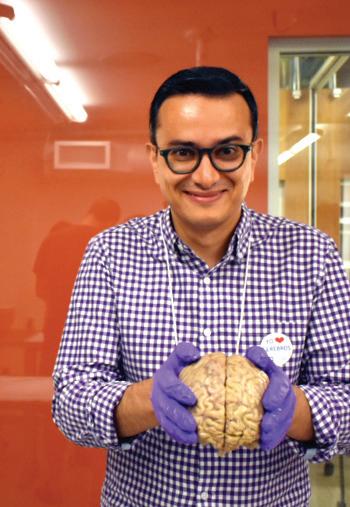
Congratulations to the inaugural awardees of the COS Excellence in Equity, Diversity, Inclusion, and Justice Faculty Award: Dr. Jennifer Bowen, associate professor, marine andenvironmental sciences; Dr. Wendy Smith, professor, Biology; and Dr. Xuwen Zhu, assistant professor, mathematics. These faculty have shown their deep commitment to fostering equity and inclusion in the College of Science and beyond. Their awards are accompanied by $2,500 in funding to support their continued, outcome-driven plans to advance equity, diversity, inclusion, and justice in the coming year.
• Dr. Bowen’s e orts include the development of a multi-day, all-inclusive training program for individuals from marginalized groups who are interested in pursuing graduate school in the marine, environmental, and geo-sciences.
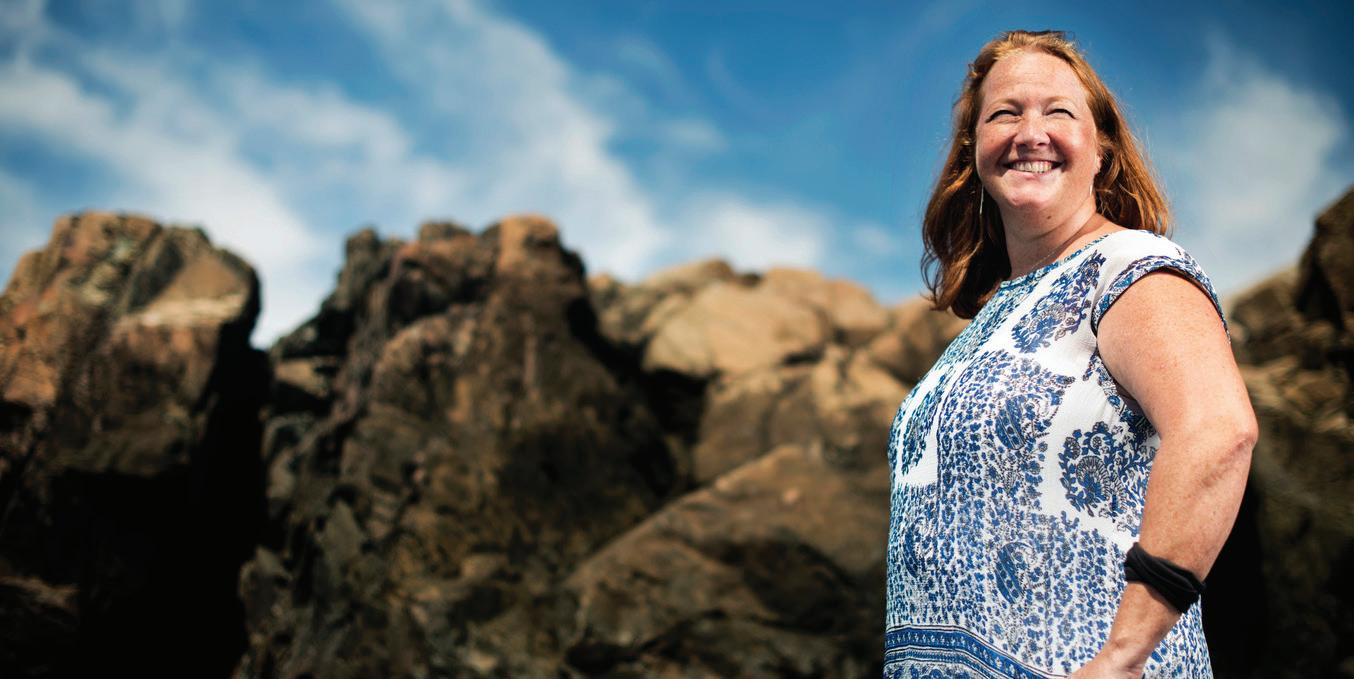
• Dr. Smith is recognized for her leadership in the Biology REU program and the HHMI NU-SCI grant and associated Inclusive Teaching Circles.
• Dr. Zhu has developed undergraduate and graduate mentoring programs for students in mathematics.
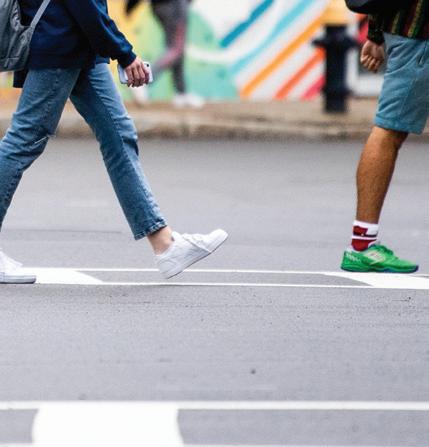
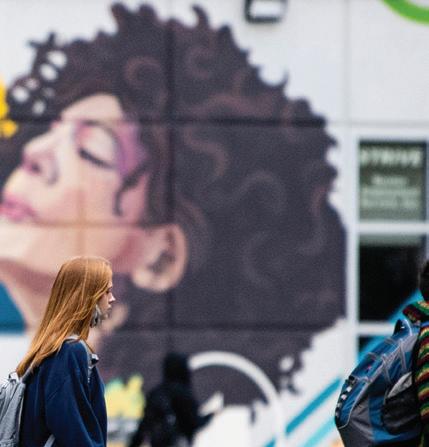
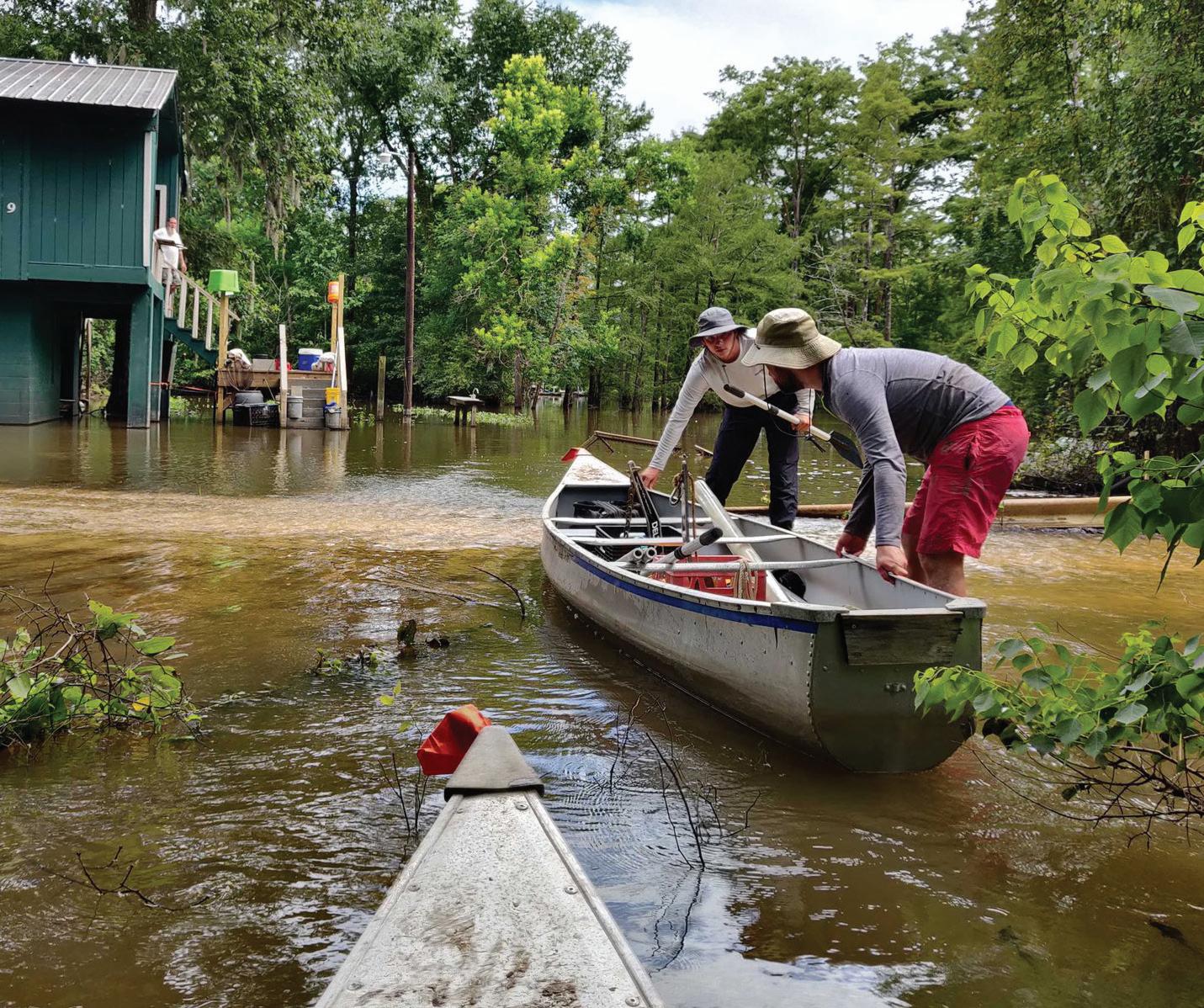
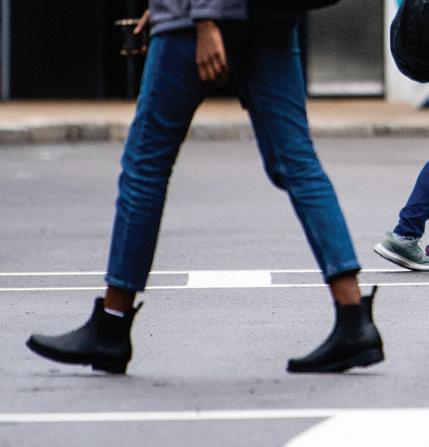
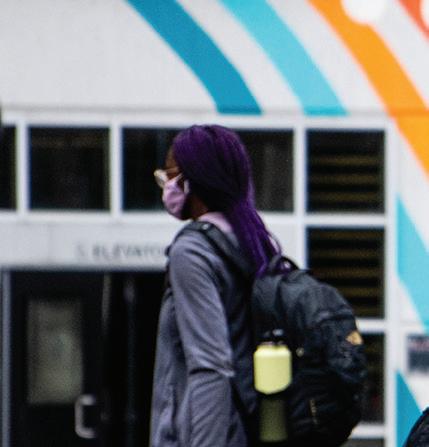
The College of Science is committed to fostering a sense of belonging for all community members. Academic bullying can be damaging, and while not all negative behaviors are illegal, they can have a detrimental impact on individuals and the overall work and learning environment. For example, microaggressions are often subtle actions or statements, but their cumulative e ect can be devastating. In addition, the di erence in power created by the academic hierarchy can foster bullying. To address these issues, the College of Science developed a Disrupting Academic Bullying Speaker Series and follow-up Toolkit. The online Toolkit allows participants to address whether they have been subjected to bullying and provides support resources. Conversely, participants can identify whether their behavior falls into a category of bullying and identify resources so they may more respectfully interact.


The Advancing Women in Science Scholarship is a $10,000 award for women undergraduate students in the College of Science. These are funded by generous gifts from donors who are dedicated to furthering opportunities for women in STEM. Scholarship recipients use the funds to expand opportunities for experiential learning that they may not otherwise be able to access (e.g., unpaid research experiences, “Dialogue of Civilization” course, international coop positions, etc.). They also participate in a twoyear, cohort-based program with fellow awardees focused on professional development, mentoring, and networking skills.

This year, we are excited to welcome ve accomplished and promising women scientists into our second cohort of AWS Scholars: Kianna Cabral (Mathematics and Physics), Rishitha Kudaravalli (Behavioral Neuroscience), Kimi Nguyen (Mathematics), Chikamadu Okafor (Behavioral Neuroscience), and Stephanie Yee (Linguistics and Psychology).
These newly awarded Scholars were invited to join the inaugural Scholars, Lauren Glupe (Behavioral Neuroscience), Emily Nason (Mathematics), and Anika Padin (Applied Physics), along with Associate Dean Randall Hughes and Associate Director of Academic Programming Linda Ayrapetov, for a recent reception that recognized the value this cohort o ers in fostering a sense of belonging in COS, as well as in the field of science in general. We are excited to help Kianna, Rishitha, Kimi, Chika, and Stephanie develop their plans for their scholarship funds in 2022–2023!
All Northeastern undergraduates are talented, but their educational backgrounds are varied. The College of Science launched a chemistry ramp-up course for first-year students to provide a strong foundation for future success in chemistry courses.
The course consists of a series of animated presentations, self-assessment quizzes, live lectures (recorded for later reference), short homework assignments, and a final exam. While the course is not graded, the scores provide feedback to students on how prepared they may be and which subject areas still need reinforcement. Some topics covered include formulas and models in chemical bonding, unit conversions, and classifications of matter.


Using the Good Power of Science to uncover and employ knowledge that promotes human health and addresses the critical challenges across our planet and beyond—that’s the driving force behind Research Excellence in the College of Science.

To meet the College goal of Solving the Greatest Research Challenges, we are focused on hiring expert faculty, increasing research funding, building topquality spaces, and training outstanding students—all in a culture of equity and respect.
We firmly support the university’s academic plan, especially the pillars of “Erasing Boundaries” and “Creating New Currents for Discovery,” through the Impact Engine model. College of Science researchers are connecting across disciplines, with industry partners and others across the globe, for high-impact outcomes. These collaborations focus on a wide range of challenges: restoration of coastal environments, overcoming the plastics problem, designing novel quantum sensors, uncovering ultrasensitive methods to determine the genetic code, and discovering antibiotics to treat Lyme disease.
And congratulations! From an ambitious goal this year of $60 million in research funding, College of Science investigators have raised almost the entirety! Funding comes from federal, foundation, and industrial sources. Our talented grants administrators work with researchers for proposal submission and management, and o er expert guidance in preparing the highest quality proposals.
COS research drives invention with disclosures and patents. These include strategies to modify the gut microbiome, bio-inspired therapeutic proteins, strategies for measuring brain activity, as well as a nanopore sequencer. COS spinout Tantu Therapeutics is developing microbe-based targeted protein bers to treat in ammatory bowel disease.
We are truly Opening the Frontiers of Discovery!
Cram,PhD, Associate Dean for Research Erin Sam Inman, Associate Dean of Administration and Finance Oyinda Oyelaran, PhD, Associate Dean for Faculty A airs Kevin Thompson, Associate Dean for Development with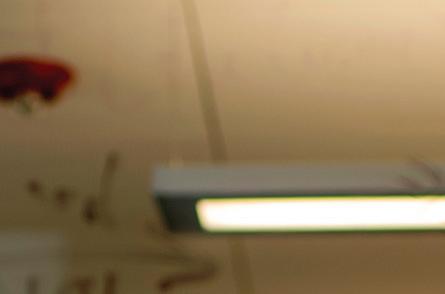
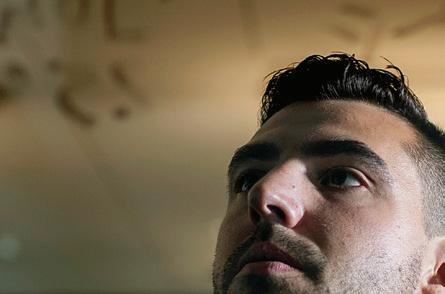

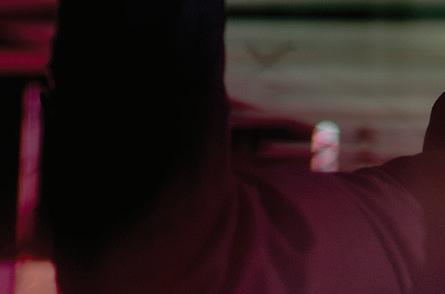



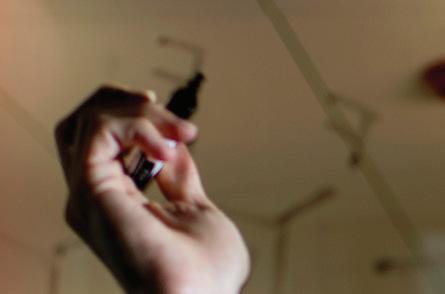

The National Institutes of Health has funded the recent purchase of an NMR spectrometer to support our medicinal chemistry and drug discovery efforts. Other funding is supporting research on a wide variety of topics. These include species range expansion impact on lobster fisheries, neurological function in neonatal intensive care, DNA structures and genome instability, early life trauma and the development of brain circuitry, organic chemistry for flow batteries, treatments for vision disorders, and the impact of diet on childhood cognitive health.
The impact of COS research and innovation on the scienti c community, as well as on the greater society, has been recognized with numerous awards and honori cs. Steven Lopez and Tovah Day have each won the National Science Foundation CAREER award for combining innovative scientific research with education and community engagement e orts. Other notable awards and recognitions include Harm Derksen, named a Fellow of the American Mathematical Society; Hazel Sive and Penny Beuning, named AAS Fellows; Dagmar Sternad, awarded an NIH Merit award; and Max Bi, named a Sloan Research Fellow.
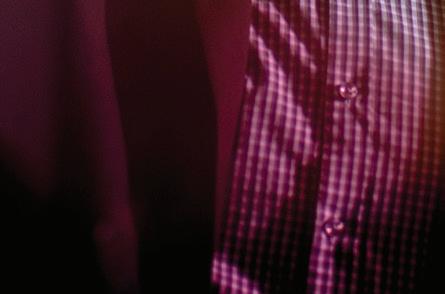

• Cross-COS Colloquiums enable us to share research excellence across the College. This engaging series of talks is not only interesting; it can provide a spark that catalyzes new research collaborations.
• The Mental Health Research and Seminar Series is an important cross-university series where Northeastern researchers focused on mental health detection, disorders, and therapies share their insights. The College has been pivotal in bringing this group together: currently, almost 120 research groups are involved.
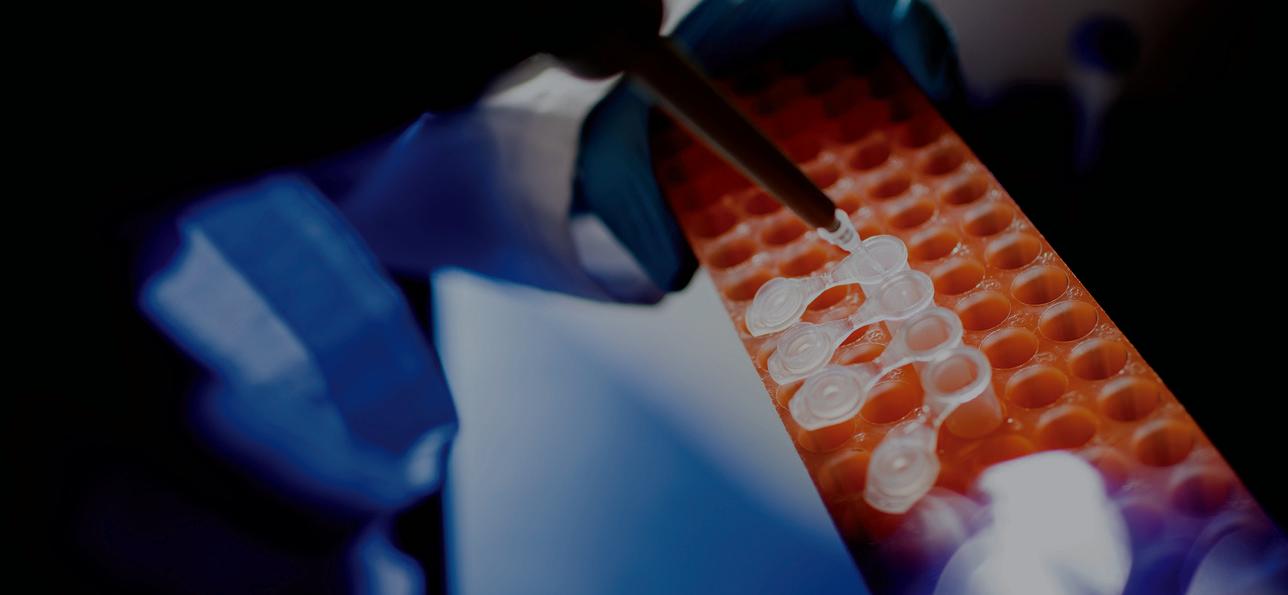
The new 2022 College of Science Excellence in Research Awards celebrate recent research accomplishments by members of our faculty, at both junior and senior levels. Inaugural winners are Steven A. Lopez, assistant professor in chemistry and chemical biology; Ke Zhang, associate professor in chemistry and chemical biology; and Xuwen Zhu, assistant professor in mathematics.
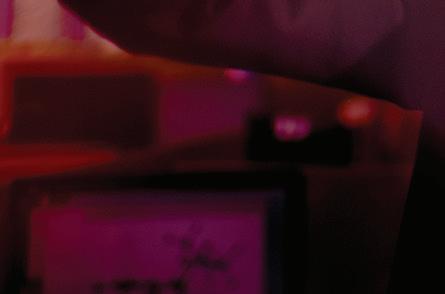





We are proud of the thousands of undergraduate majors in the College who are on a path to degrees across and between departments. For all our students, those degrees are stepping-stones to anywhere they choose to go. In fact, College of Science students enter every field, including health, academic or industry research, education, communications, business and management, consulting, law, architecture, and homeland security.
We are also thrilled to inspire thousands of additional undergraduates who come to us from engineering, health sciences, social sciences & humanities—among others—who will use the Good Power of Science in their own trajectories.
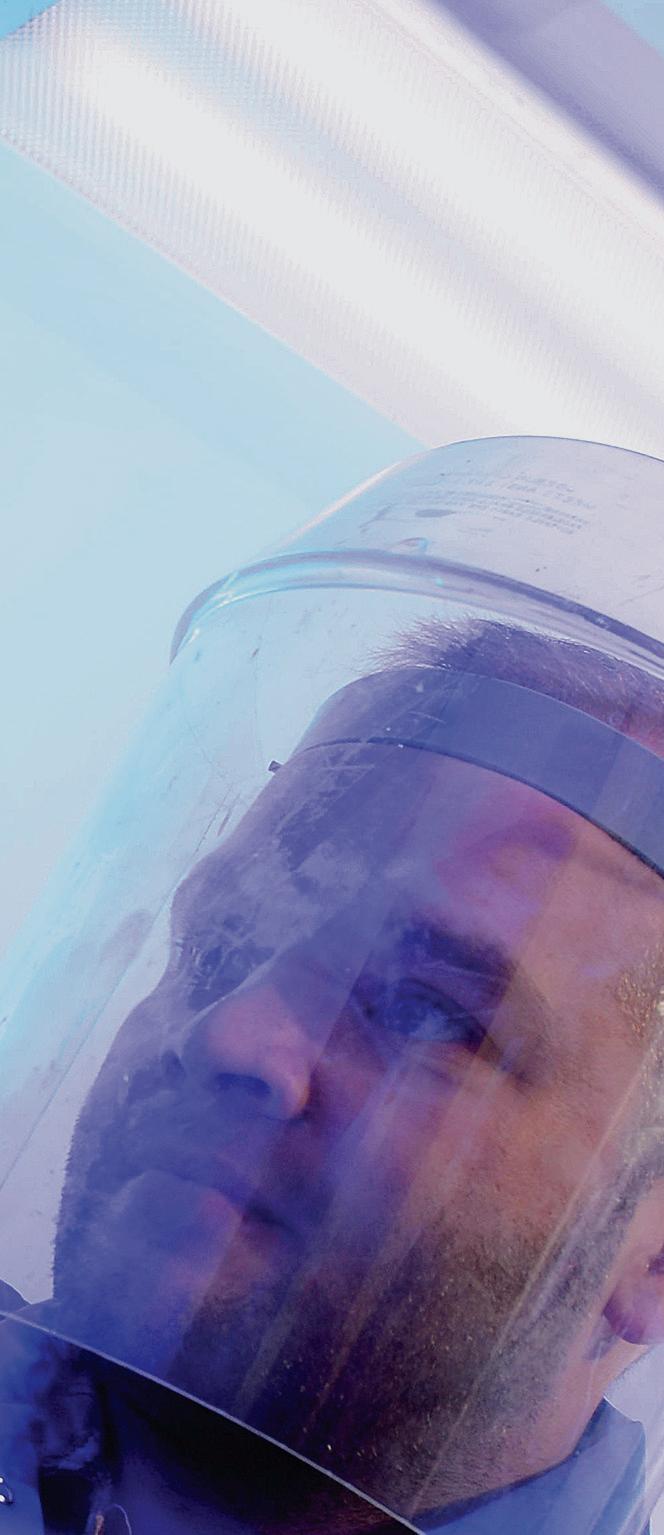
The past few years have seen a rise in “pathway programs,” where rst-year students participating in NU.in or NUBound complete coursework in network locations across the globe prior to joining our Boston campus.
When crafting their academic journey, College of Science undergrads select from over a dozen possible majors, combined majors, and minors, from inside the College and across the university. A majority of pre-med and pre-health students at the university are undergraduates within the College of Science; other students pursue a PlusOne program, which leads to a master’s degree on an accelerated track.
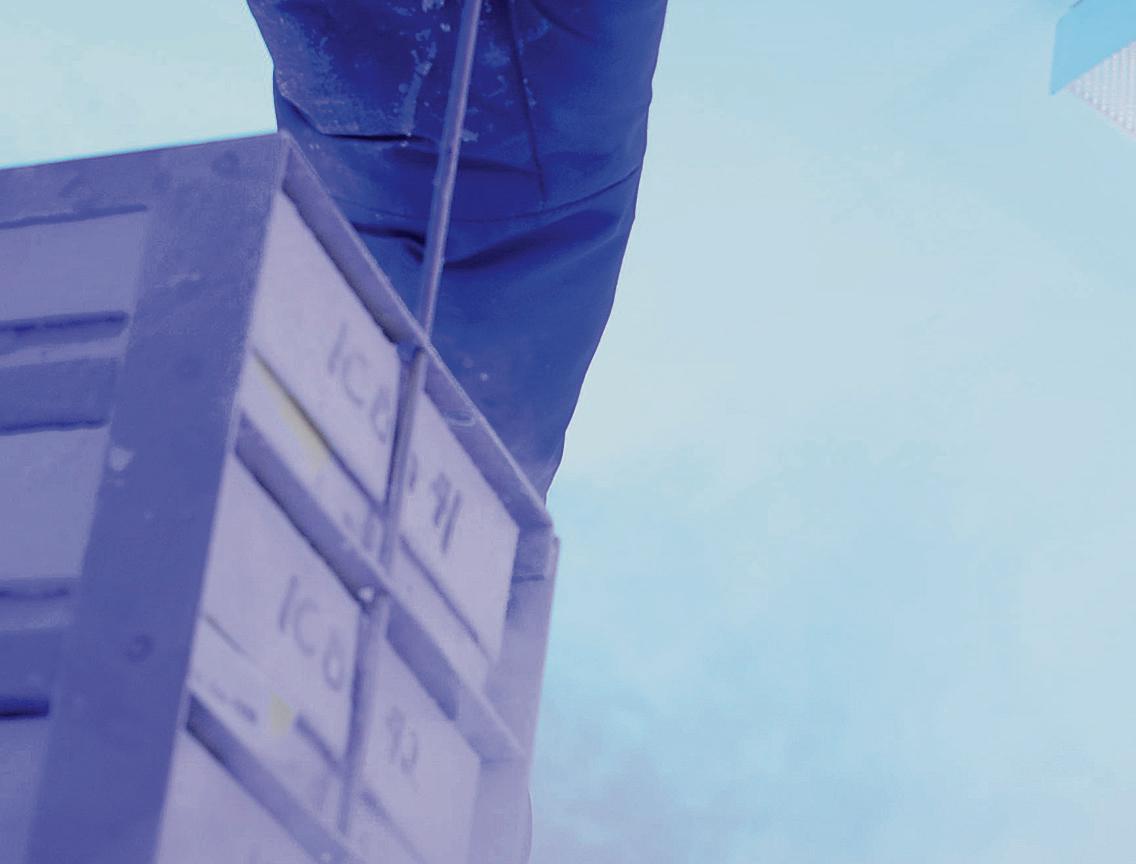
These programs prepare a diverse and growing population of students, trained to be confident, entrepreneurial problem-solvers, no matter what career path they follow.
Nelson, PhD, Senior Associate Dean for Undergraduate Affairs Brent Sam Inman, Associate Dean of Administration and Finance Kevin Thompson, Associate Dean for Development withFor the fth year in a row, College of Science students have been selected to receive the prestigious Barry Goldwater Scholarship. These scholarships are awarded to promising undergraduate researchers in the natural sciences, mathematics, and engineering who have published research or presented at academic conferences. After a competitive nationwide search, B. Parazin, Giona Kleinberg, and Ari Zlota were among the recipients.
This new program provides a prestigious opportunity for highly quali ed upperclass students to become teaching assistants. UTFs are assigned to a science course and work closely with the faculty member and students enrolled in the course. UTFs hold o ce hours and review sessions in an opportunity that bene ts enrolled students and UTFs alike.
Northeastern’s signature cooperative education program offers students an unparalleled experience to develop professional skills, engage with valuable contacts, and explore career options. The undergrad co-op program delivered 100% placement this year, giving work experience to many hundreds of students each semester.
Selected College of Science Co-Op Employers 2021 – 2022
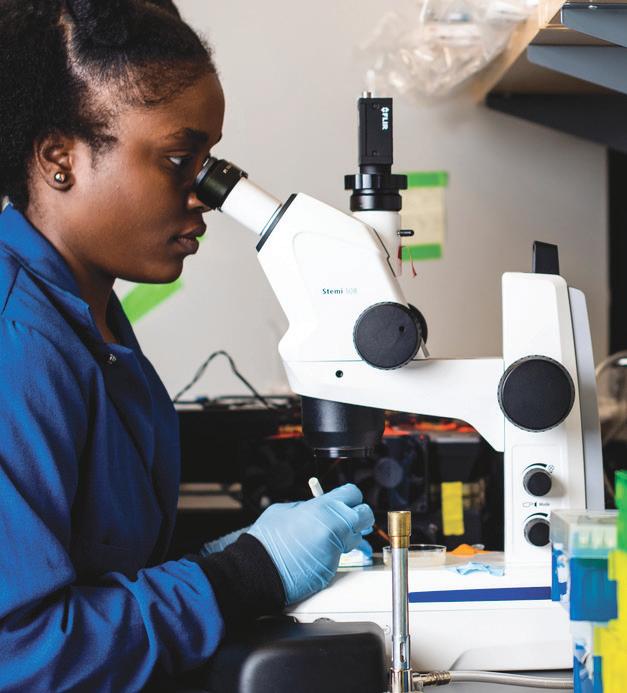
Competition for acceptance into medical school and advanced health-related programs is fierce. Despite this, the COS acceptance rate for the 2021 cycle was almost 80%— twice the national rate! This demonstrates that our commitment to promoting the success of every pre-health student is having powerful results.
Professional master’s programs prepare trainees for immediate employment in top positions. Enrollment has increased 1.5-fold since 2020, proof that these programs are training the workforce of the future and meeting market needs.

• MS in Biotechnology
• MS in Bioinformatics
• MS in Biotechnology (Experiential)
• MS in Biotechnology (Experiential)
• MS in Applied Math
• MS in Environmental Science and Policy





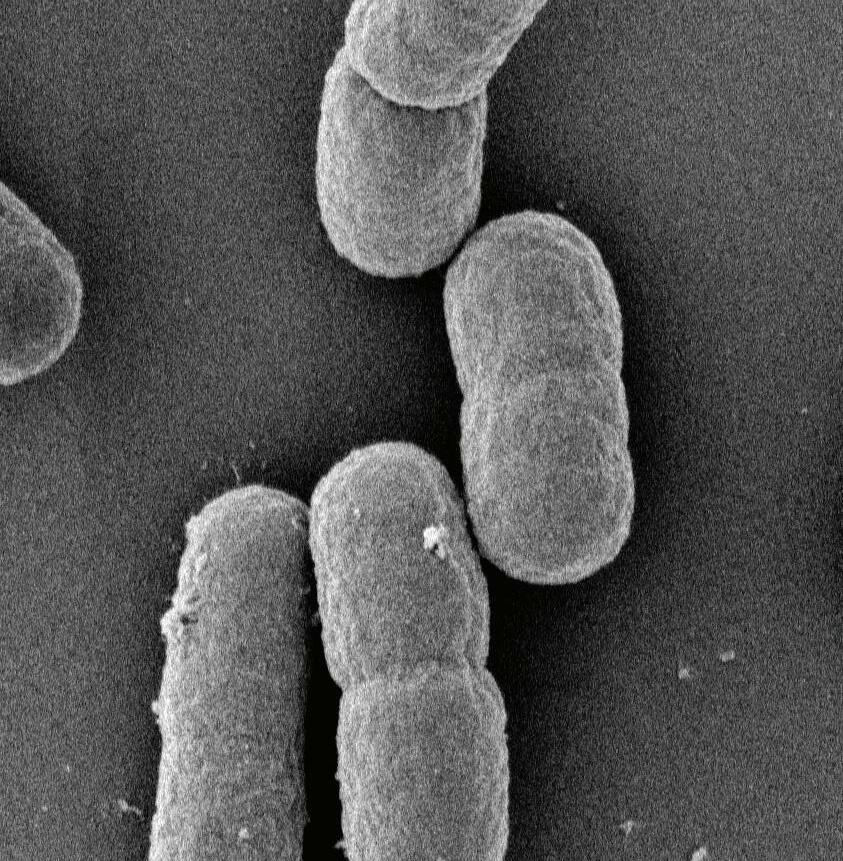


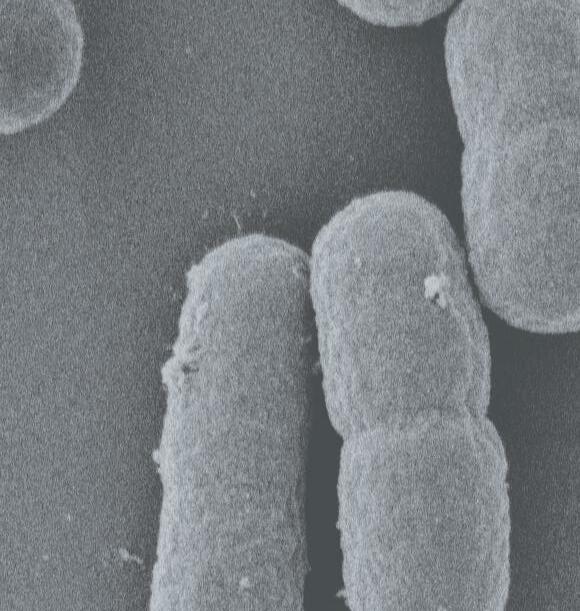
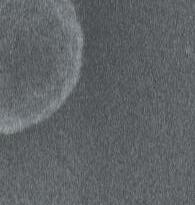









The College of Science is proud of our innovative approach to graduate education. Along with emphasizing the Good Power of Science and the technical skills necessary for success, our programs provide training in the professional skills our graduates will need, today and in the future. For that reason, all students pursuing graduate education at the College have multiple opportunities to become skilled problem solvers and critical thinkers.
Our graduate degree programs also give students the flexibility to tailor their learning program to match their individual goals. This includes a range of certificate, master’s, and PhD programs that take advantage of stackable, skill-based credentials. For instance, students can accumulate certificates, stack them into a master’s, and then use those credentials for advanced entry into some of our PhD programs. Many of our programs have work-aligned curricula—designed with industry input—which contain multiple opportunities for professional experience.
These same concepts are being applied as we reinvent the PhD by transforming the training to empower students through high-level access to a vast set of careers that meet the demands of the world.
I am pleased to report that our graduate programs reach into the Northeastern Global Network: the MS in Biotechnology is currently running at the Roux Institute and at our Toronto campus. Our MS in Bioinformatics is also at the Roux Institute and we have near-term plans to launch it in Toronto.

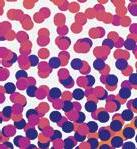

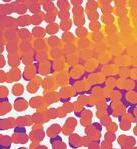

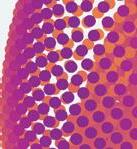

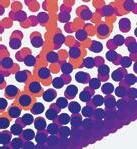

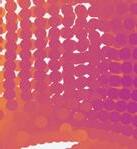
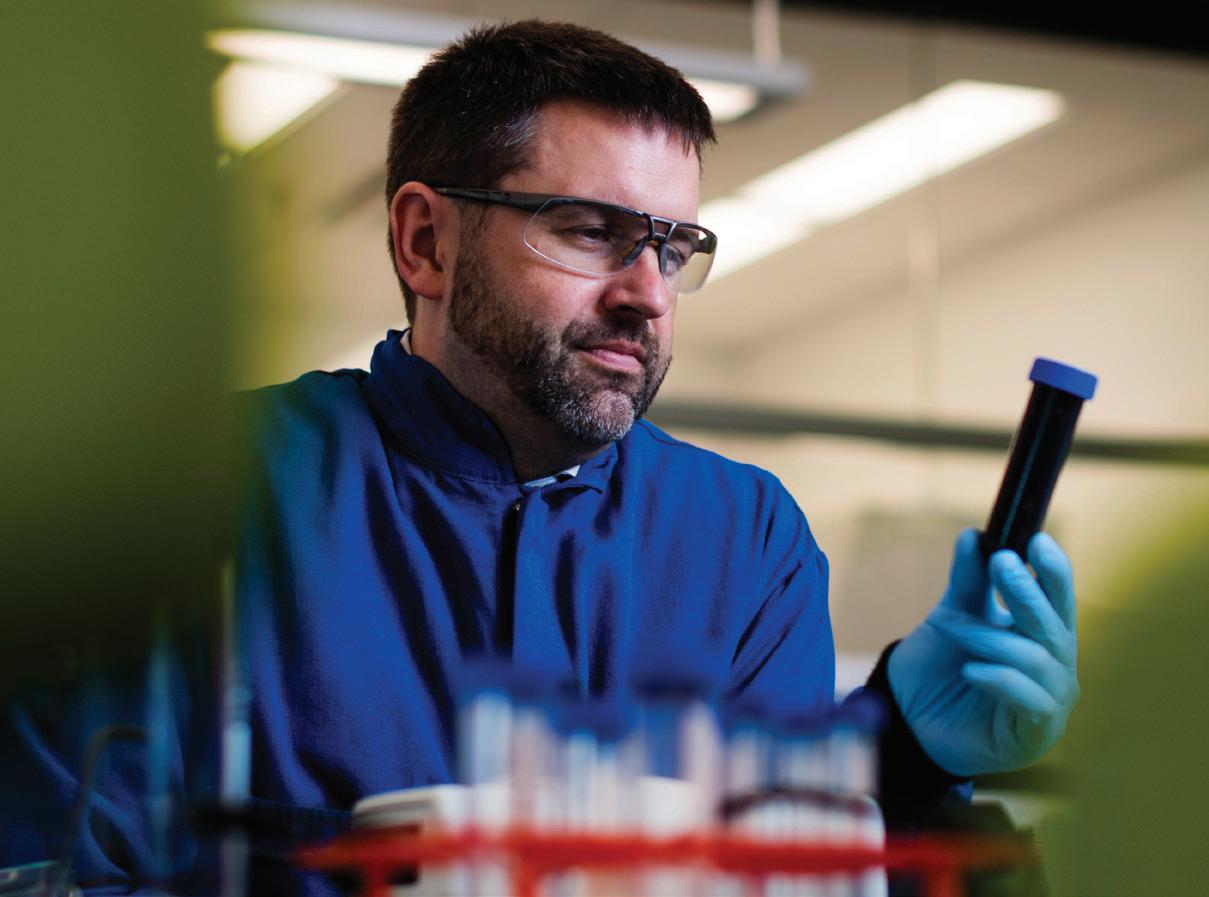
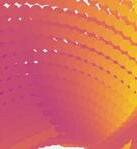
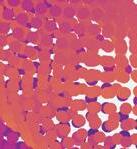
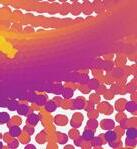

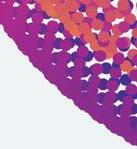

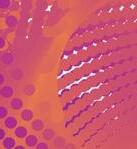 Jared Auclair, PhD, Associate Dean for Professional Programs and Graduate Affairs
Jared Auclair, PhD, Associate Dean for Professional Programs and Graduate Affairs

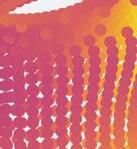 Sam Inman, Associate Dean of Administration and Finance with
Sam Inman, Associate Dean of Administration and Finance with

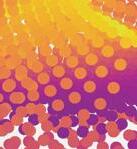
While the PhD is an outstanding degree that opens a vast set of career opportunities, the path to obtaining this is often seen as lonely and uncertain. To change this landscape, the College has made “Reinventing the PhD” a key goal. In our Connected Science Community PhD program, COS trainees form a supportive cross-disciplinary cohort that moves through their degree trajectories together, through skills empowerment, co-mentorship, work experience, and often cross-disciplinary research. Each trainee becomes an independent thinker capable of performing highest quality research, with exible skills that open any career.
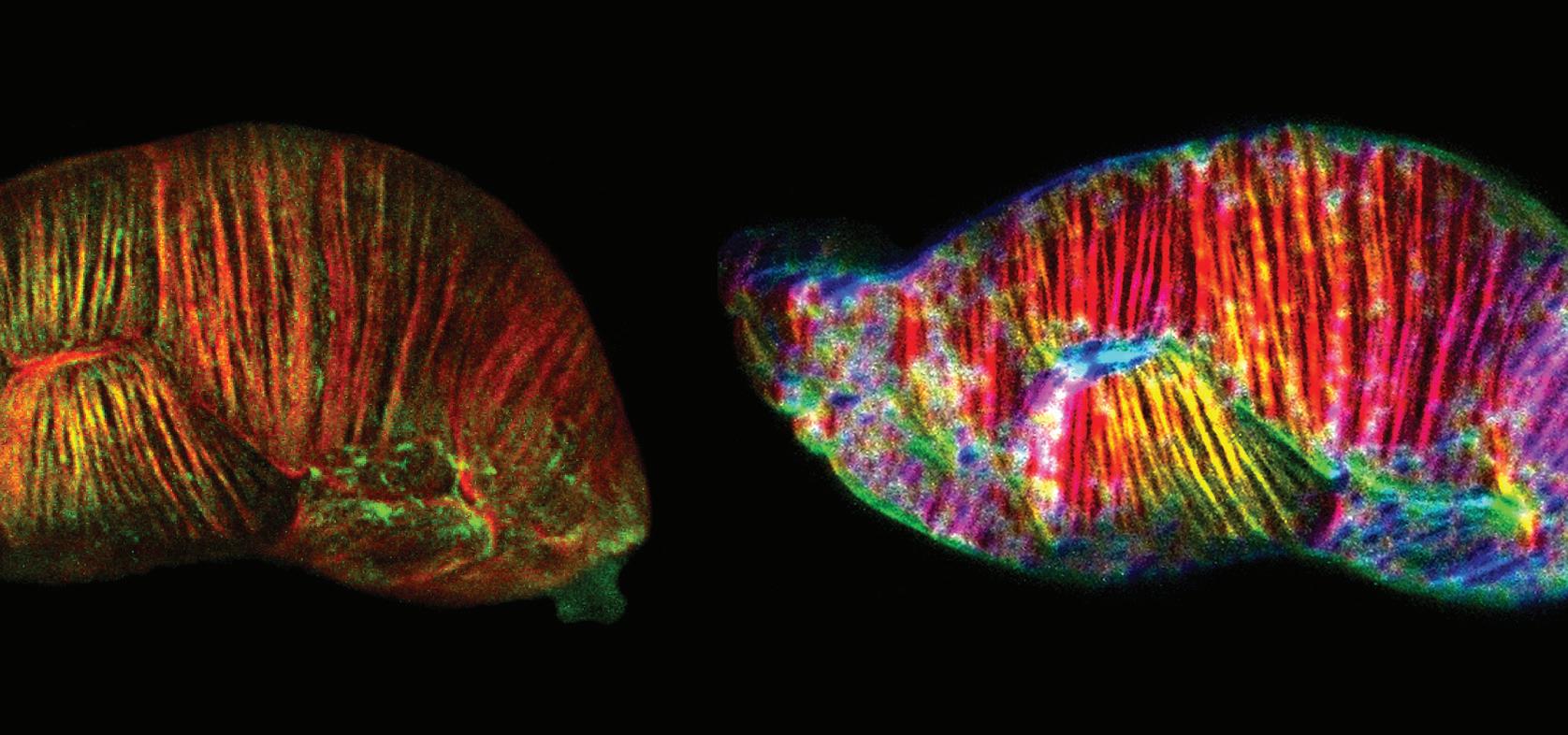
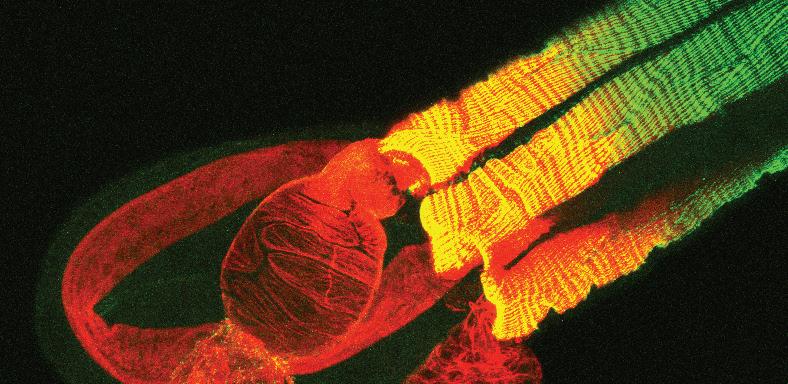
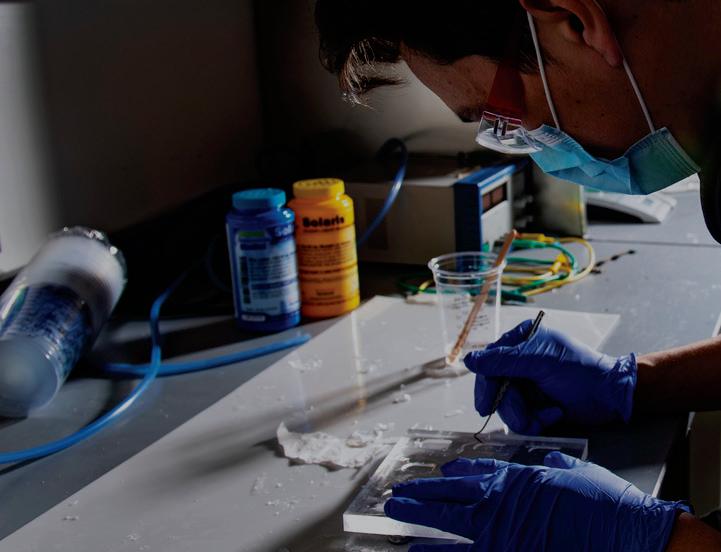

The Department of Biology is a close-knit community of dedicated individuals who promote excellence and success at all levels. For example, Assistant Professor Calina Copos, with a joint appointment in mathematics, uses modeling to understand cell movement and how it relates to cancer. We also continue to expand research in physiological and biomedical genomics to bear on stem cell biology, microbiology, and aging. We have advanced our leadership in the identification of new microbial species, antimicrobial drug discovery, and host-pathogen interactions. Top-rated research in the science of human movement has applications in rehabilitation, robotics, and human-machine interactions.
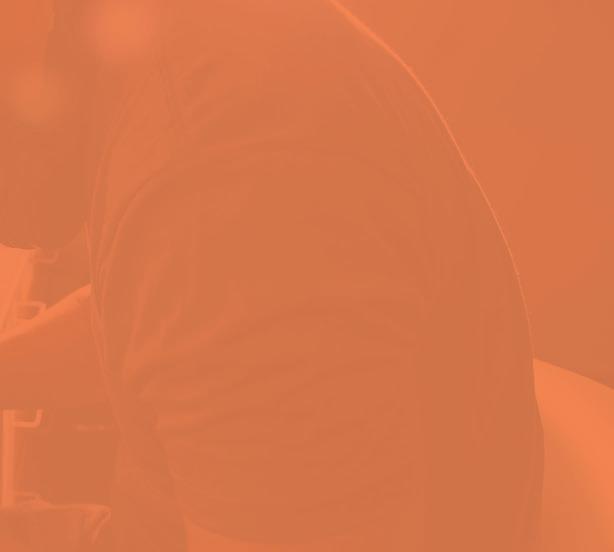

Our 22 tenured and tenure-track faculty currently hold more than 40 external research grants and awards, including prestigious CAREER awards from the National Science Foundation and a coveted MERIT Award from the National Institutes of Health. Through years of strategic hiring, the Department of Biology has aligned our research priorities with the needs of our healthcare, biotechnology, and biopharmaceutical industry partners.
BY THE NUMBERSOn the educational front, the department supports one of the largest undergraduate teaching programs in the College and across Northeastern, including a signi cant proportion of pre-medical/pre-health students. Through joint biochemistry and behavioral neuroscience majors, and multiple other popular and important concentrations, students are prepared for next steps across every educational or employment opportunity. Our commitment to undergraduate education is underscored by our large and talented teaching faculty, who compose roughly one-half of our faculty base.
As chair of the Department of Biology, it is an honor and a privilege to work with an amazing group of people as we deliver excellence in education, research, mentorship, and service to our profession and community.
Jonathan L. Tilly, PhD Chair, Department of BiologyIn collaboration with biology PhD students Hannah Alberico and Zoe Fleischmann, Professors Jon Tilly and Dori Woods published ndings that stem cells exist in humans and found the


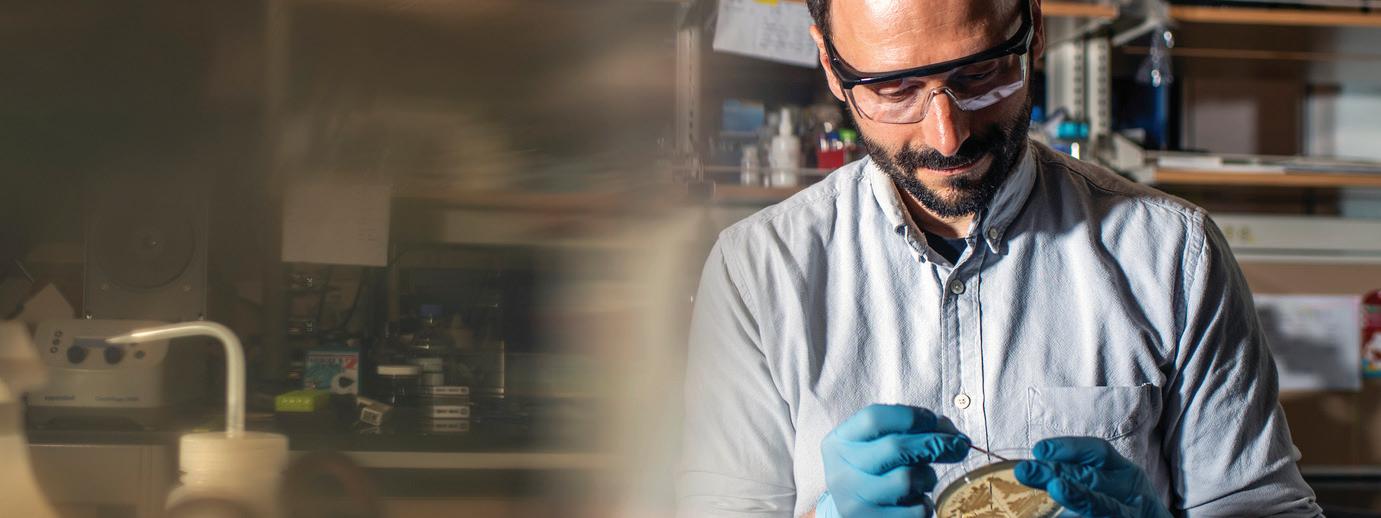
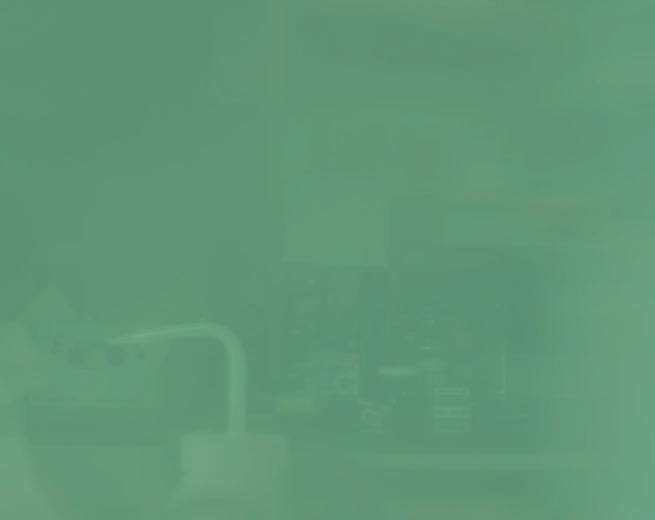
Associate professor Javier Apfeld’s research collaboration with assistant professor Vivek Venkatachalam studying nematodes uncovers new and promising insights into function of the microbiome. The work is a collaboration between undergraduate and graduate students and other labs at and beyond Northeastern — Apfeld says,“It’s part of how we do things at Northeastern.”
Under
direction
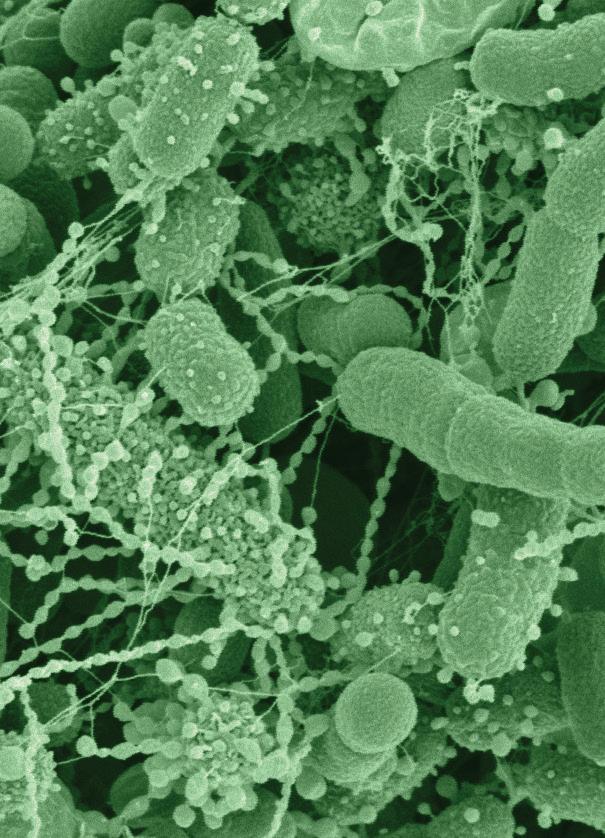
Upon completion of his Master of Science in Bioinformatics program, Ai Ra received a full-time offer as a bioinformatics analyst at a medical center. He credits his co-op experience as a critical factor in securing this position.
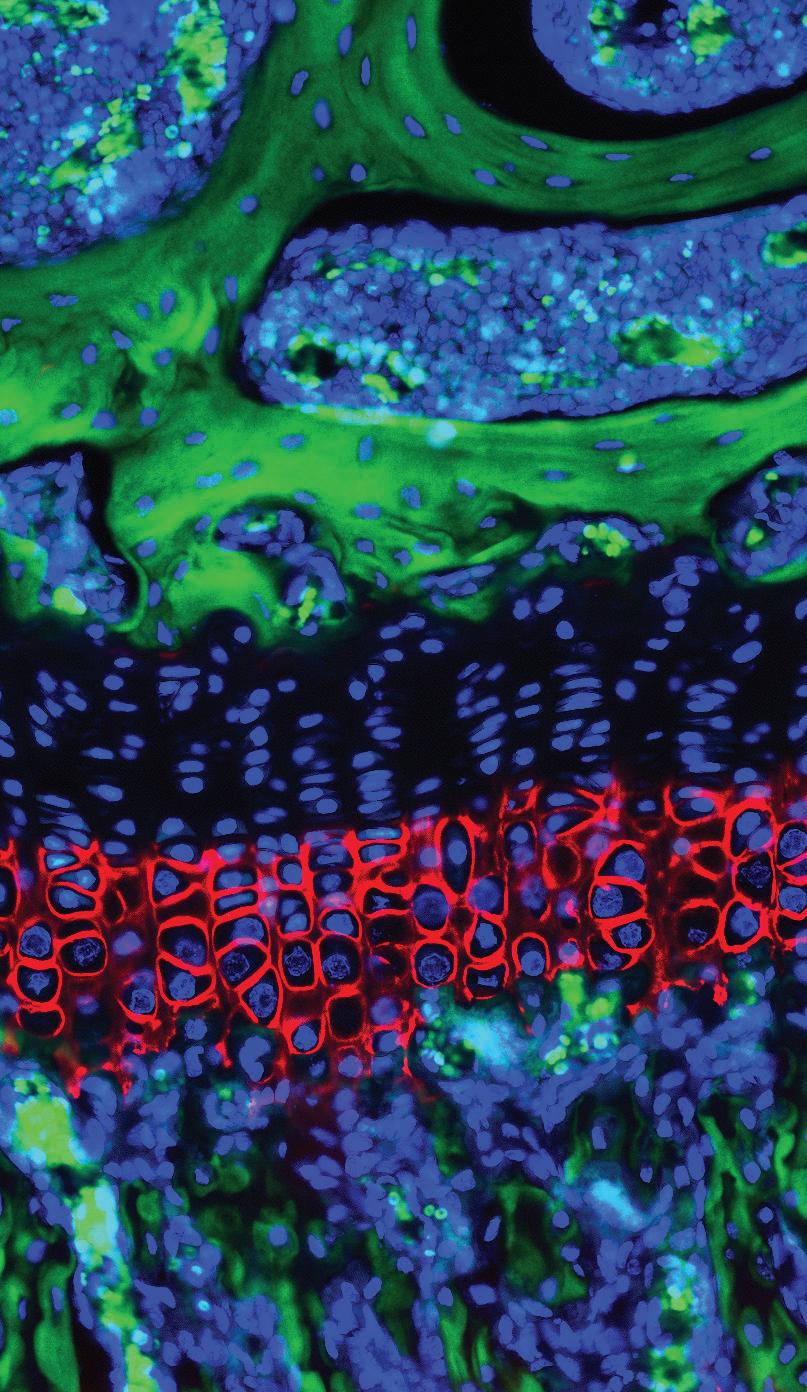
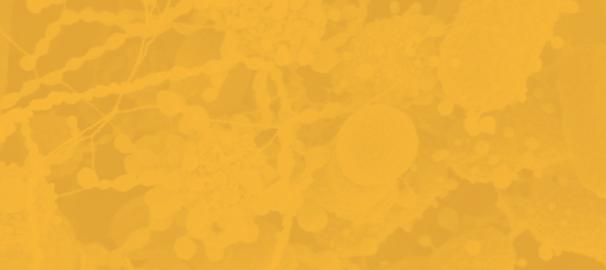
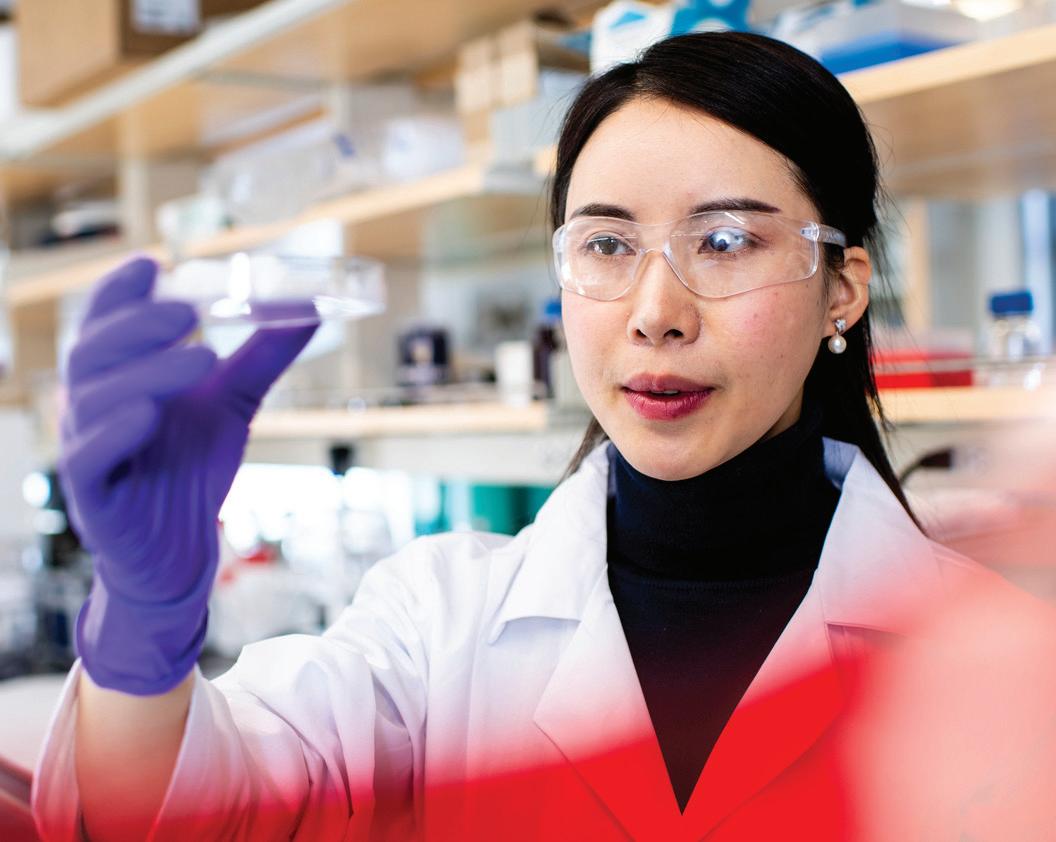


Developing diagnostic tests for a brand-new virus. Producing vaccine innovations. Investigating climate change and environmental sustainability. Chemistry is truly the central science. It is thrilling to lead and to be part of a department working to address our most important challenges in health and the environment.

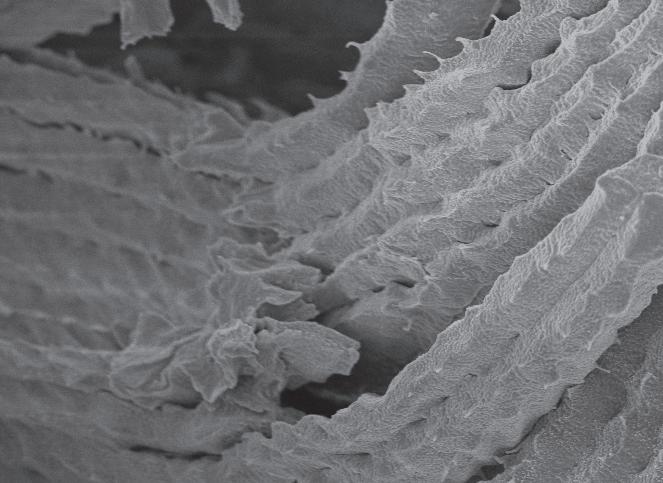
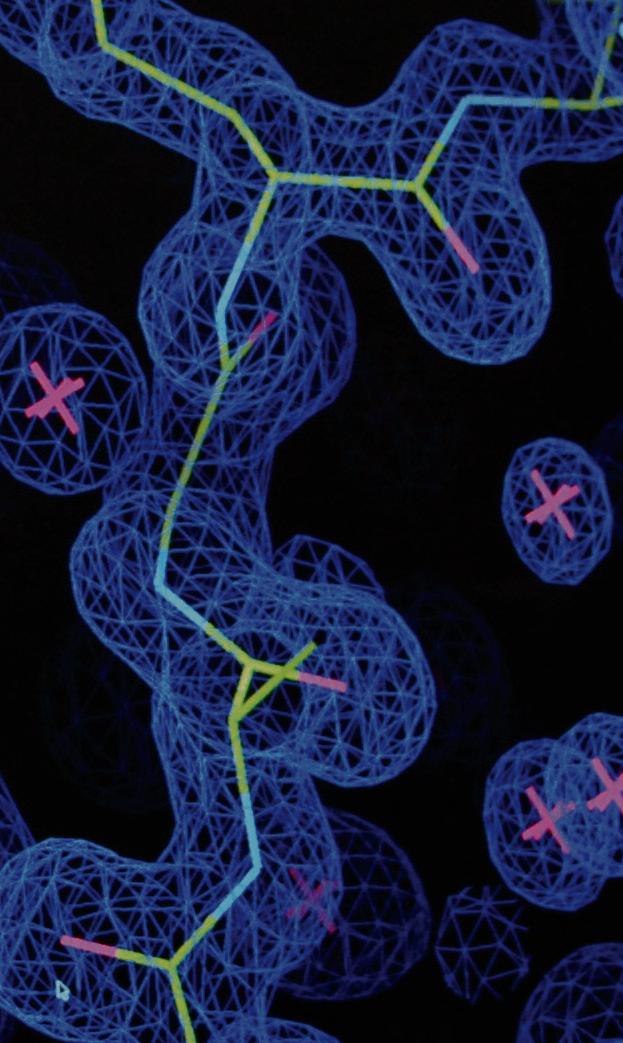

This year we welcomed new faculty to advance teaching and research in our department. Professors Leonel Murga and Dan Matthew are new teaching professors o ering general chemistry and physical chemistry courses.
Professors Sanaa Jehi and Christopher Okonkwo are new teaching professors in the MS in Biotechnology program.
Professor Sijia Dong is a computational chemist working to design better enzymes. She has also developed a new course in computational chemistry.

Professor Hannah Sayre, with a joint appointment in chemical engineering, comes to Northeastern from Princeton and is working to develop new photocatalysts.
Professor Zhenyu Tian, previously at the University of Washington Tacoma, Center for Urban Waters, is an environmental analytical chemist and ecotoxicologist who will teach analytical courses in the department.
Professor Srirupa Chakraborty, jointly appointed in chemical engineering, is a computational chemist studying the dynamics of complex biological systems, with a focus on glycoproteins.
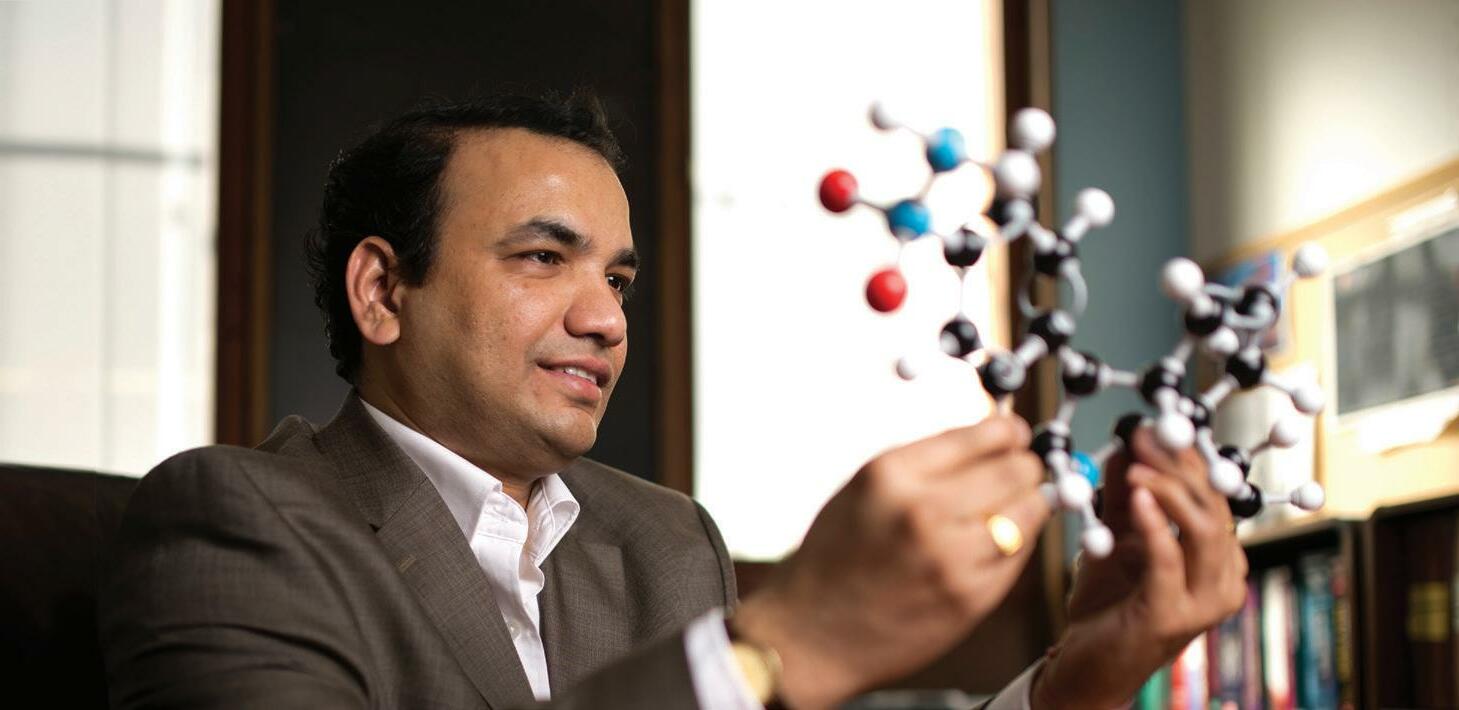
As part of our commitment to supporting diversity, equity, and inclusion in our department, we have continued robust monthly discussions where we discuss books, articles, and movies on a range of topics related to DEI. In addition, undergraduate and graduate students each have formal peer mentoring programs.
Penny Beuning, PhD Chair, Department of Chemistry and Chemical Biology
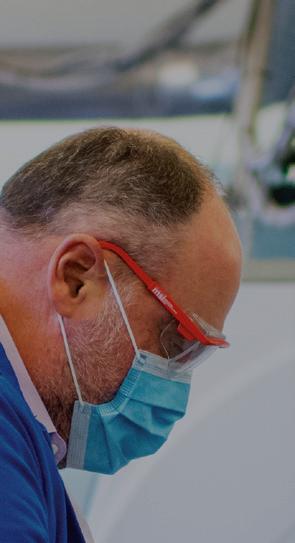




With the Human Genome Project completed over a decade ago, Jeffrey Agar, associate professor of chemistry and chemical biology, and his colleagues have begun work on the next level: mapping the millions of proteins in human bodies. This research, which Agar has dubbed the Human Proteoform Project, will solve mysteries of how the human body works and new ways to address diseases.
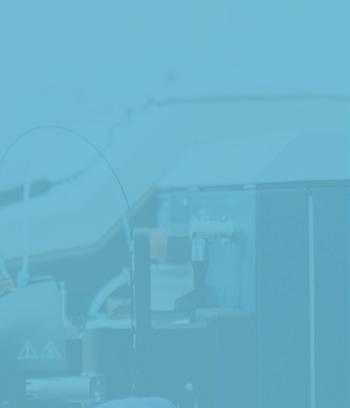
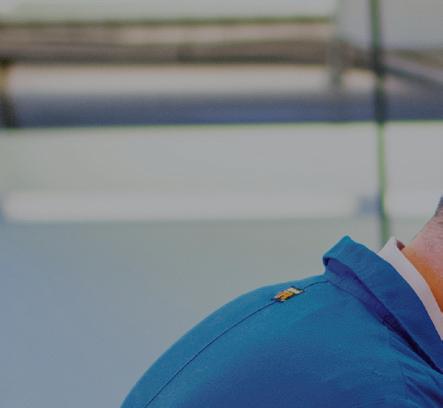
Jared Auclair, director of the university’s COVID-19 testing facility, the Life Sciences Testing Center in Burlington, Massachusetts, studies various aspects of the COVID-19 pandemic to keep our community informed and safe. His research on variants, testing, mutations, and more was a cornerstone of how our Boston and global campuses responded to the pandemic this year.

Researchers like Sijia Dong regularly need to study and simulate how molecules and other materials react when exposed to sunlight. Using machine learning, Dong has established a new method for speeding up the simulation process to advance the study of everything from photosynthesis to photovoltaic cells.

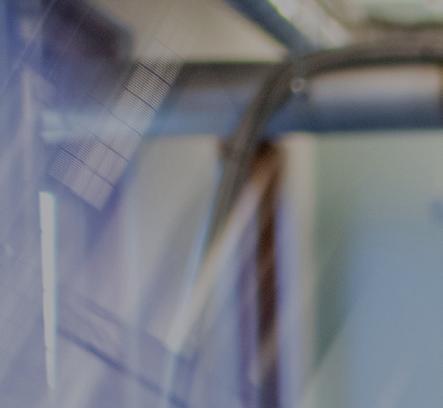
LOPEZ RECEIVES CAMILLE DREYFUS TEACHERSCHOLAR AWARD AND CAREER AWARD
Steven Lopez, assistant professor of chemistry and chemical biology, received the prestigious Camille Dreyfus Teacher-Scholar Award for his outstanding accomplishments as an early-career chemistry professor and researcher.
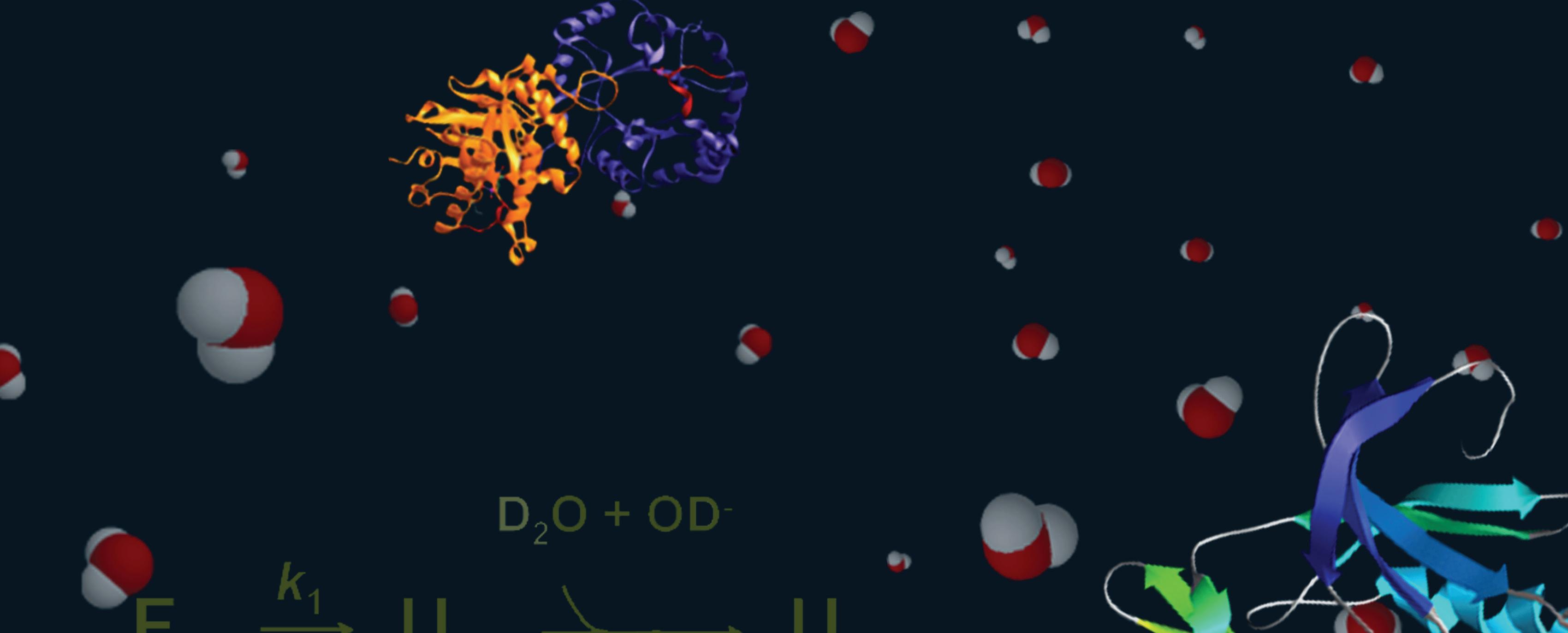



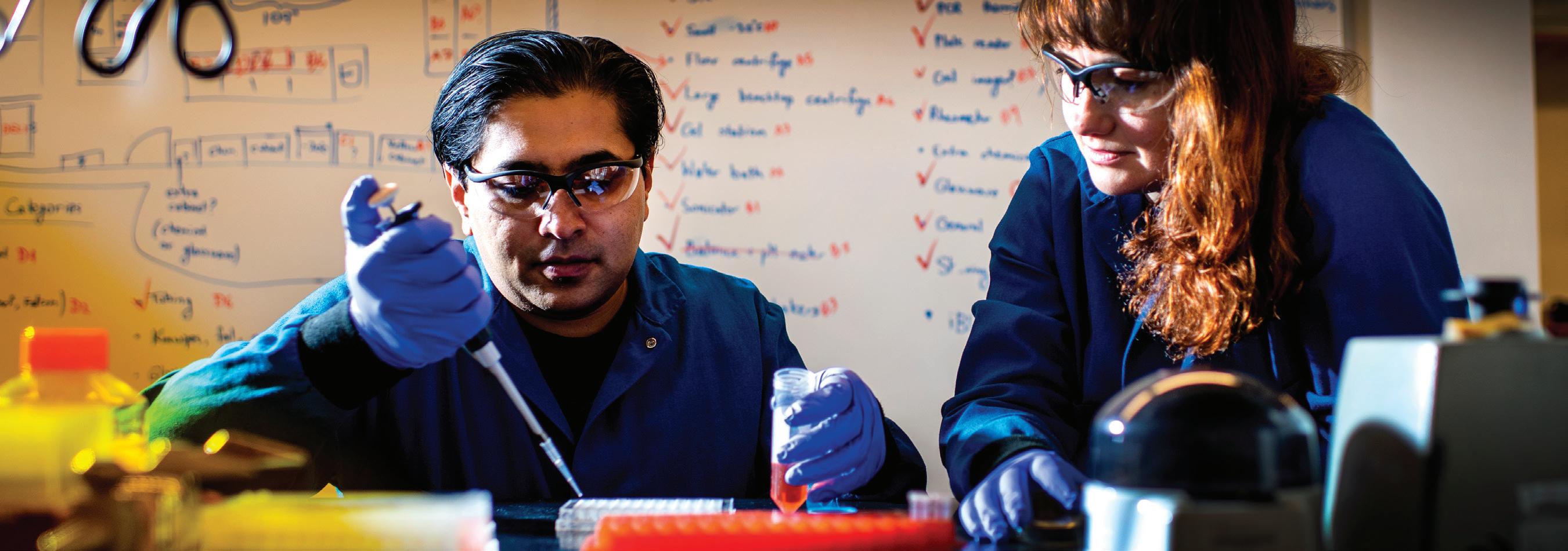


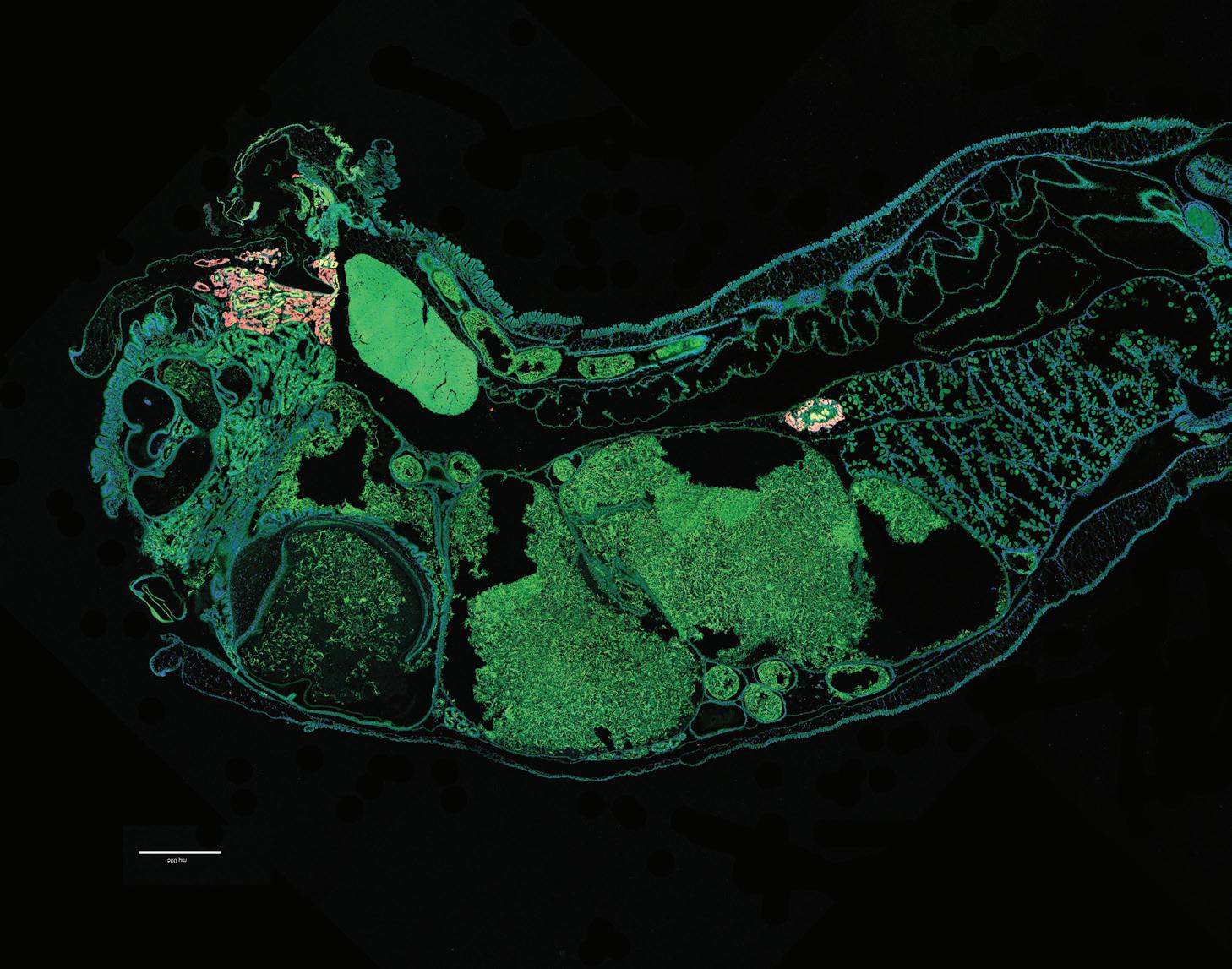







































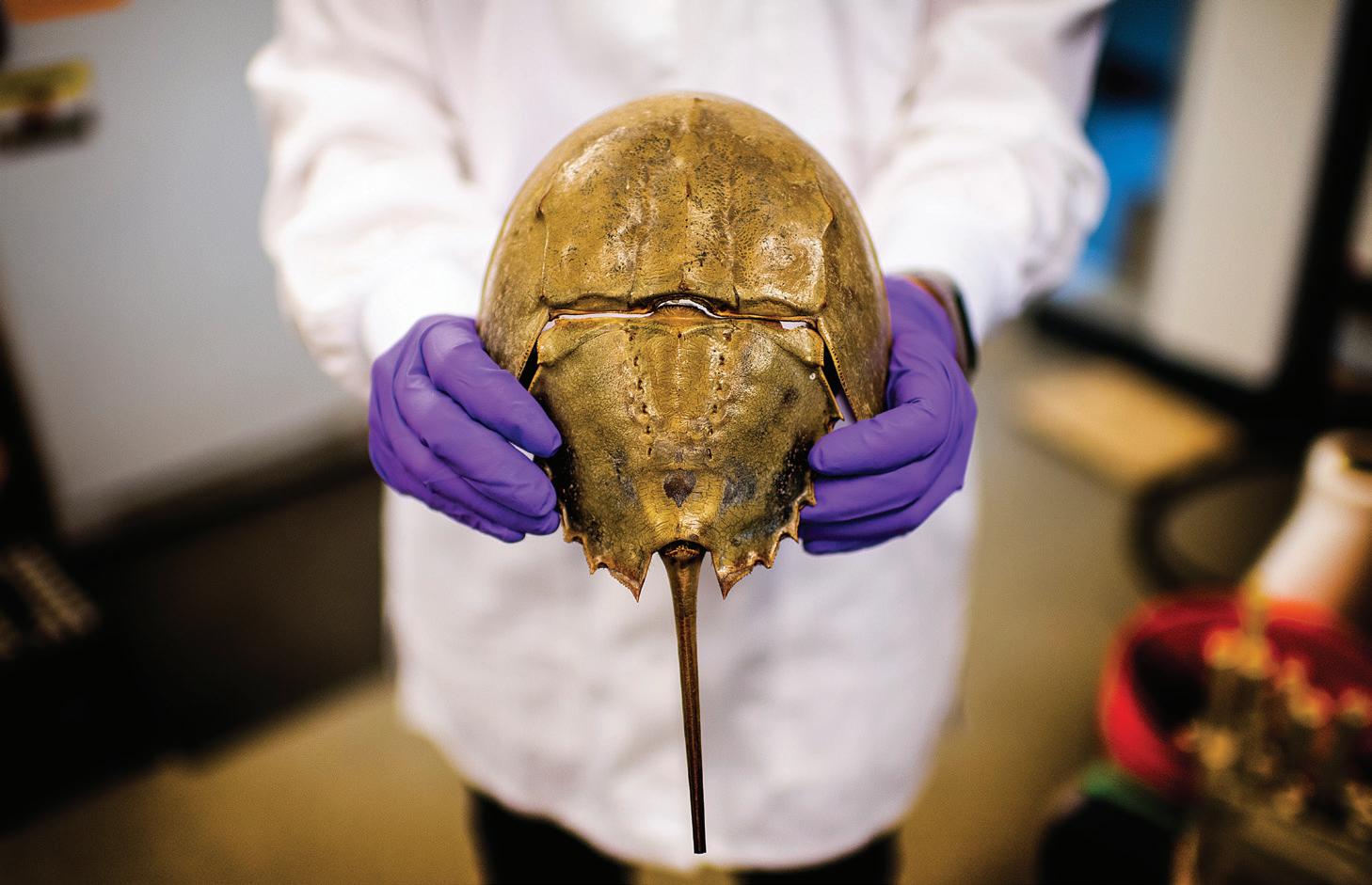

When we rst formed the Department of Marine and Environmental Sciences, we were excited about the possibilities. I think it is fair to say, 11 years later, our collective achievements have far exceeded even the loftiest expectations.
Our talented students continue to enhance the intellectual environment of MES as they thrive amidst our diverse academic majors, including environmental and sustainability science, ecology and evolutionary biology, environmental studies, and marine biology. Our students’ classroom experiences are further enriched by the dedicated e orts of our faculty to provide research experiences to as many students as possible. These opportunities include those o ered by our endowed Summer Internship Program at the Marine Science Center.
Since our founding, student demand (and thus admissions) for our curriculum has nearly tripled. This has driven the hiring of 20+ exceptional faculty (more than half have joint appointments in other colleges), as well as outstanding teachers and researchers, many of whom are National Science Foundation CAREER award winners and Fulbright Scholars.
I suspect that much of our growth has been driven by our goal to be a global leader in addressing the major environmental challenges facing human and natural communities along the world’s coastlines, as well as our inexorable pursuit to create multi-disciplinary teams that will solve society’s most pressing problems.
MES has been an “early adopter” in embracing the value of diverse disciplinary talent. Our faculty expertise ranges from ecological/ evolutionary genomics and physiology, to natural, social, and cognitive science; civil and environmental engineering; and geoscience. We detest academic silos and know that our ultimate goal of a cleaner, safer, smarter, and more equitable planet can only be achieved with our multidisciplinary approach.
Finally, and perhaps most important, our department is increasingly a community that is dedicated to the principles of diversity, equity, and inclusion. Thanks to the tireless e orts of both students and faculty, our community has led the way in addressing these issues.
Yes, on all fronts there is much more work to be done, but we are proud of how far we have come and the direction we seek going forward!
Trussel, PhD Chair, Department of Marine and Environmental Sciences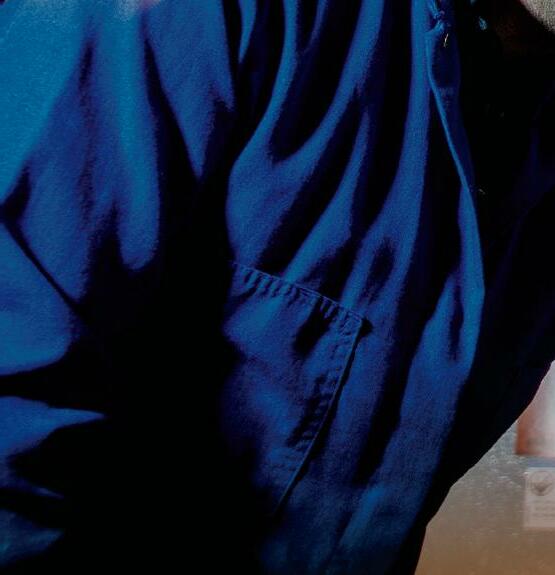
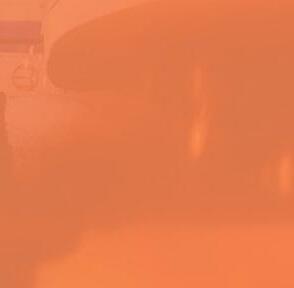


Mark Patterson received a 2022 Fulbright U.S. Scholar Program award to Canada as the Research Chair on Advancing Transdisciplinary Research on the Changing North at the Université Laval, Québec. Patterson will conduct research and lecture at the university as part of a project to understand food security of First Nation peoples dependent on kelp beds in the Canadian Arctic. With the aid of autonomous underwater vehicles (AUV) that Patterson developed, he will also work with scientists at Sentinel North and Institut nordique du Québec (INQ) on mapping the distribution and abundance of kelp beds.
Microplastics are everywhere, and that’s a problem, says interdisciplinary research by Professors Samuel Muñoz, Aron Stubbins, and Zhenyu Tian. Munoz and Stubbins will explore how microplastics accumulate in oodplains next to rivers, where else they end up, and why. Current research shows detailed instances of aquatic animals ingesting microplastics and dying. In his work, Tian has focused on how rubber tire particles, and the chemicals that come out of them, make their way into rivers and harm salmon.






Working with Dan Distel, a research professor at Northeastern’s Marine Science Center in Nahant, H. William Detrich, a professor emeritus of marine and environmental sciences, founded the Genome Resource Rescue Project at the Ocean Genome Legacy Center , a nonprofit marine DNA genome bank at the Northeastern Marine Science Center.
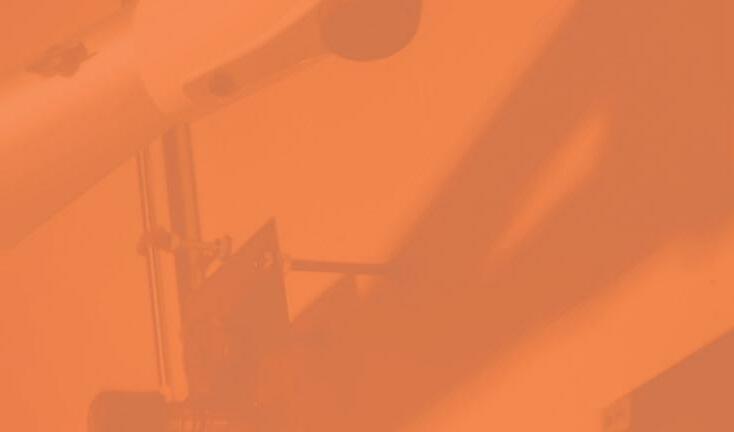


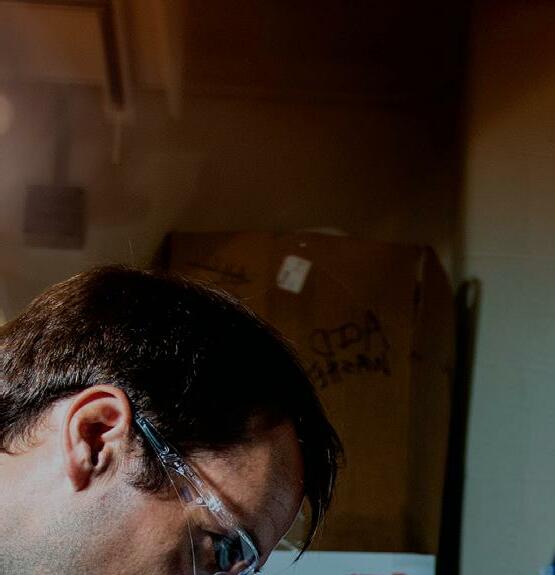

Using a special freezer, the Center can acquire DNA and tissue samples to preserve various species of sea life long after the scientists who collected them have retired.
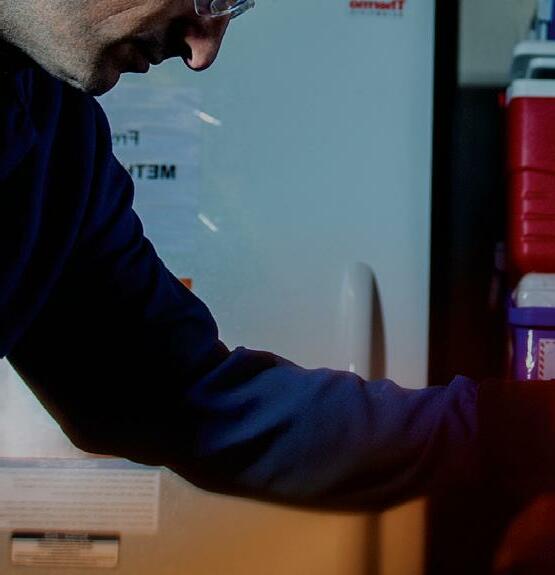
MES researcher Amy Mueller and collaborators at University of Maine were awarded a seed grant for their project “Sentinel Spectroscopy: Light-Surface Interactions and Machine Learning for Ultra-Low-Cost, Remote, and Continuous Water Quality Detection,” which aims to develop systems to test for chemical anomalies in critical municipal water infrastructure.

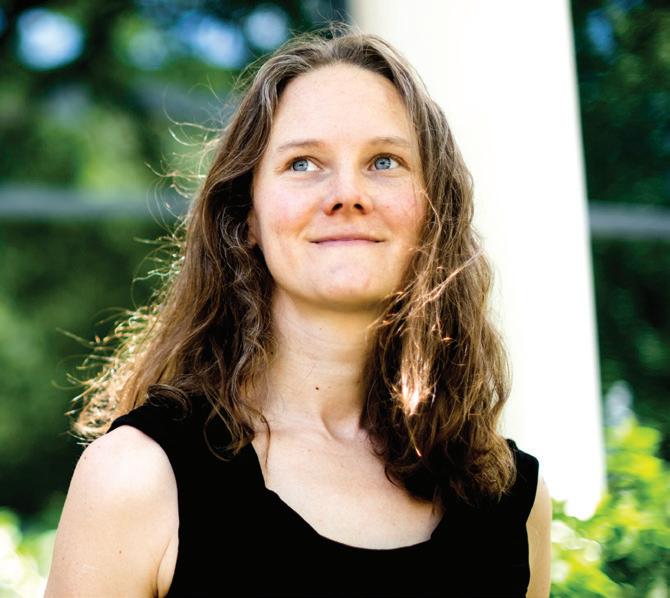
•
SCIENCE FOUNDATION
A NOVEL TIME-STRUCTURED FRAMEWORK TO ACCOUNT FOR THE CRYPTIC EFFECTS OF TEMPERATURE FLUCTUATIONS ON POPULATION DYNAMICS / Brian Helmuth, Tarik Gouhier • NATIONAL SCIENCE FOUNDATION GRANT: COLLABORATIVE RESEARCH: EVALUATING THE PAST AND FUTURE OF MISSISSIPPI RIVER HYDROCLIMATOLOGY TO CONSTRAIN RISK VIA INTEGRATED CLIMATE MODELING, OBSERVATIONS, AND RECONSTRUCTIONS / Samuel Muñoz







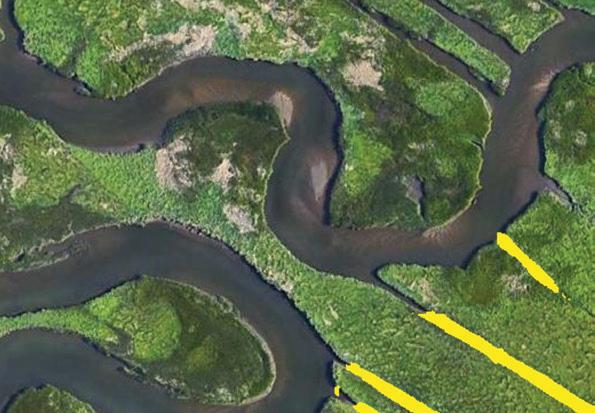


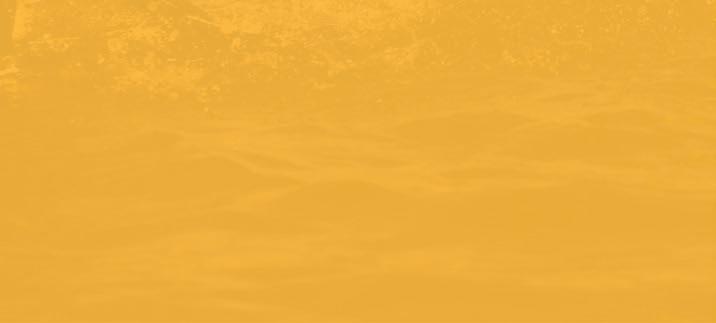
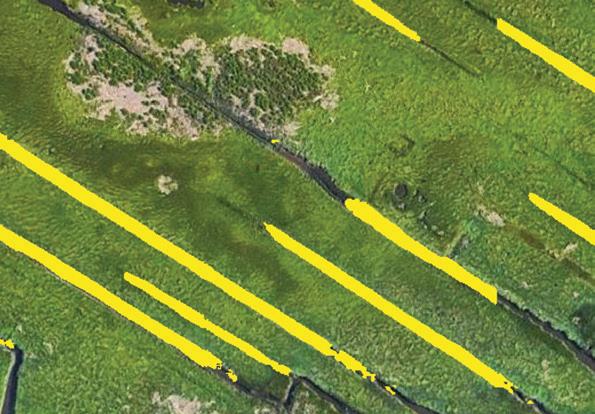
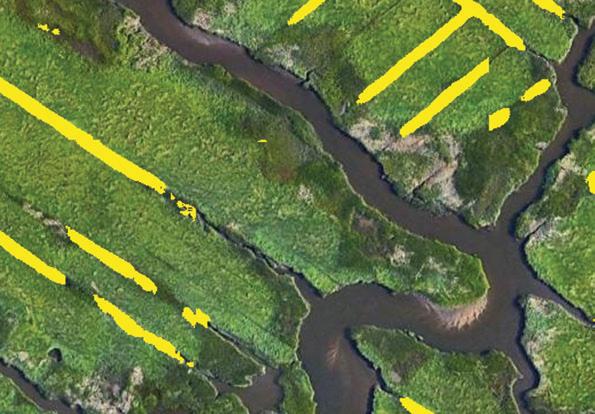
Sophia Samaha’s experience at The Food Project as a Farms Assistant and Community Programs co-op solidified her desire to work at companies that resonate with her values working in the food justice or environmental justice field post-graduation.
Clara Winguth’s co-op and research experiences with the Northeastern Marine Science Center and SeaAhead led to her international co-op as a STEM intern at the International School of Bremen in Germany, where she taught various grade levels.
Hannah Crawford enrolled in the Environmental Science and Policy master’s program for the co-op opportunities. Her experience at The Nature Conservancy expanded her work in grant and literature review writing as well as using geographic information systems.
Loren Ayres felt the combination of fieldwork and coursework in the Three Seas Program helped her grow exponentially—as she was not only learning about fish, coral, and field skills in the classroom, but also practicing and applying these skills in real time.
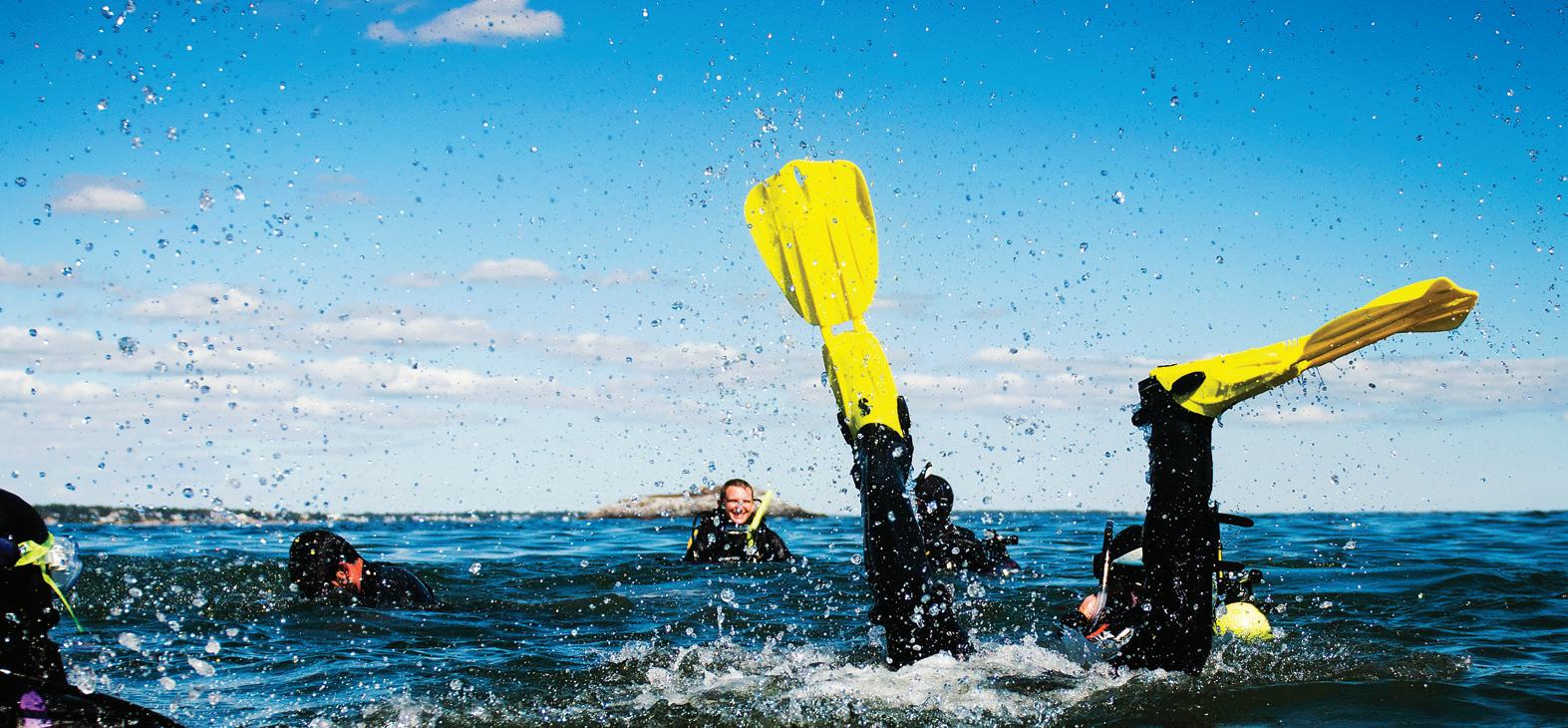
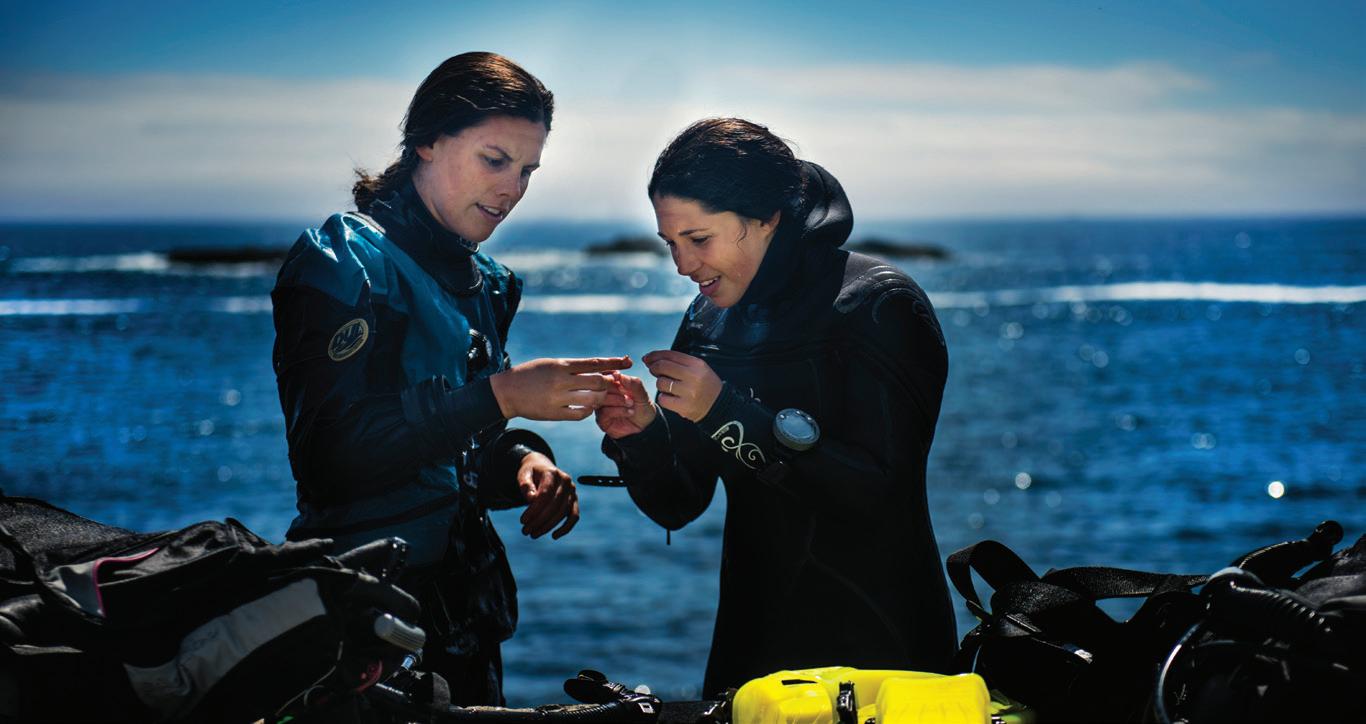 Violet Doucette
Karen Aerni
Violet Doucette
Karen Aerni
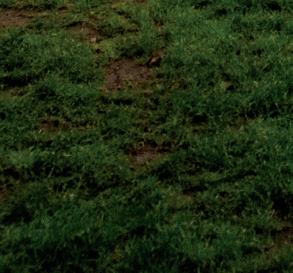





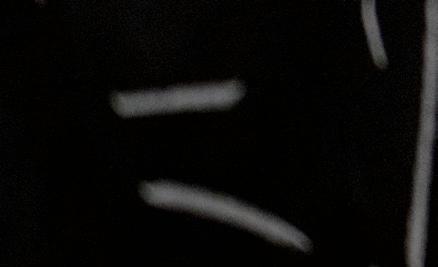
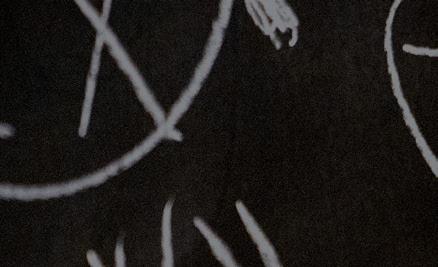
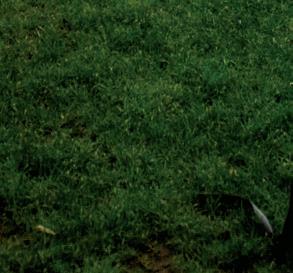



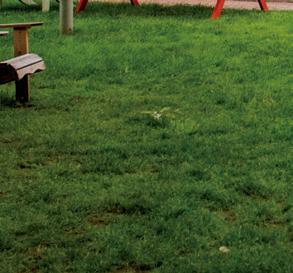


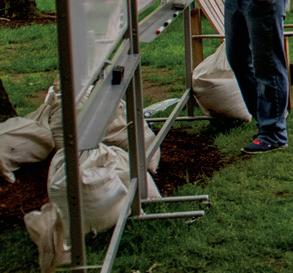
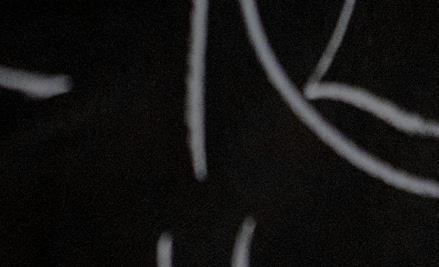

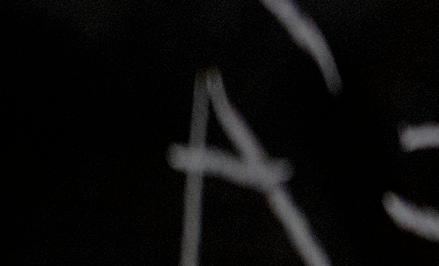
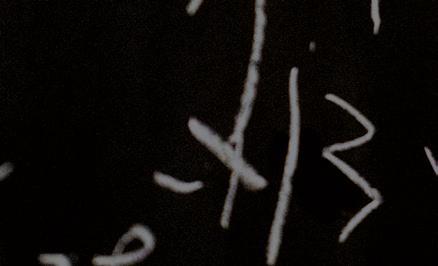
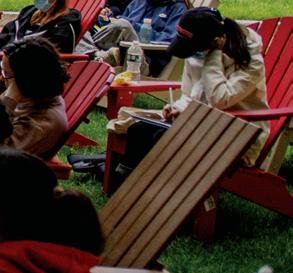

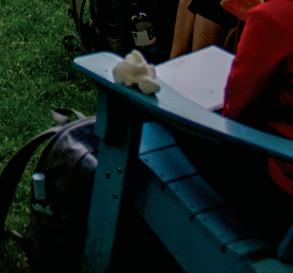



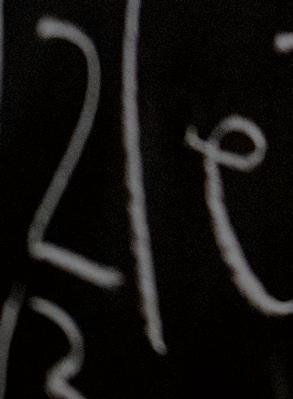







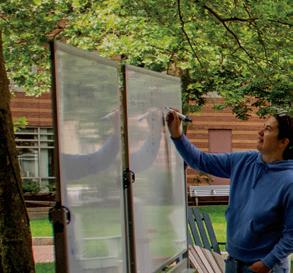

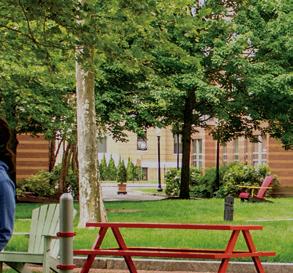

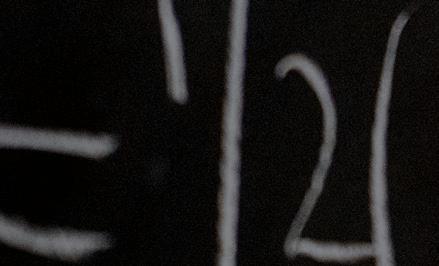
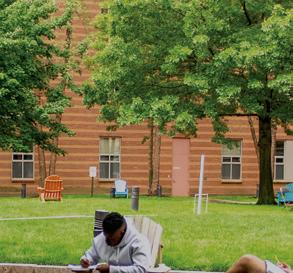
The Department of Mathematics is one of the oldest and most successful academic units at Northeastern. We have a strong tradition of excellence in mathematical research and scholarship, as well as a thriving and expanding mathematics curriculum aimed at providing top-notch mathematics teaching and training to future scientists and engineers. Our research and education goals lie at the heart of our aspirations and everyday operations.
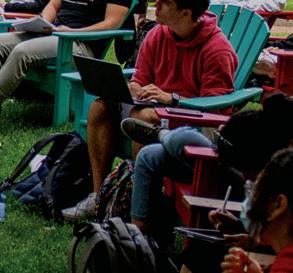
Why would anyone want to study mathematics these days? Evidently there is a strong argument in favor of this pursuit, as we have never had as many mathematics or combined majors as in recent years. I believe the reason may lie in the subject itself. Mathematics is perhaps the purest of all sciences, with striking and powerful applications in the real world. It also has deep theories reaching the highest levels of abstraction. Its versatility and universal applicability to questions about the world around us make it indispensable to the quest for solutions. Mathematics is everywhere! For me, personally, it was the beauty, elegance, and purity of mathematics that rst attracted me and continues to guide me throughout my career.
So, what’s new in the mathematics department? We have seen tremendous changes over the past few years. Currently, we are going through an exciting expansion and reorientation phase characterized by a paradigm shift from a traditionally pure mathematics department to a vibrant unit with signi cantly higher representation in applied mathematics areas. The department has added four new joint faculty appointments with other colleges or departments over the past two years, bringing this number up from just one, to ve. Our outstanding joint hires with Khoury College of Computer Sciences, the Department of Biology in the College of Science, and the Department of Electrical and Computer Engineering in the College of Enginnering are changing the landscape, o ering new research opportunities for our talented math students, as well as enriched curricula at the undergraduate, master’s, and PhD levels.
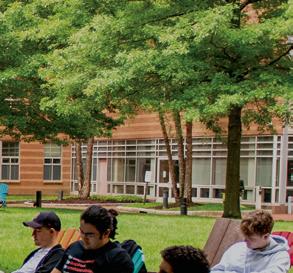
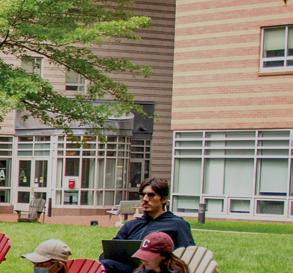
The mathematics department is a friendly place, capable of absorbing this rapid change. We are embracing the principles of diversity, equity, and inclusion, and have made signi cant strides toward creating a more diverse faculty. Despite an abundance of challenges, I see a bright future ahead of us.
Schulte, PhD Chair, Department of MathematicsThe mathematics department was the host of the fourth conference in this series, which was designed to foster the establishment of cultural exchanges and international collaborations between mathematicians in the U.S., Canada, and Mexico. The areas of focus of the conference included some of the most rapidly expanding areas of mathematics and provided the main tools in current research to analyze symmetries of geometric objects and physical theories. The conference was supported by the National Science Foundation and the College of Science.

This conference, hosted by the mathematics department in fall 2021, aimed to emphasize and build upon the existing connections between compactifications, configurations, cohomology, and adjacent subjects. Recurring themes included algebraic groups, blow-ups, configuration spaces, hyperplane arrangements, Lie theory, and wonderful compactifications.


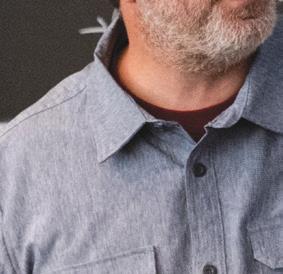

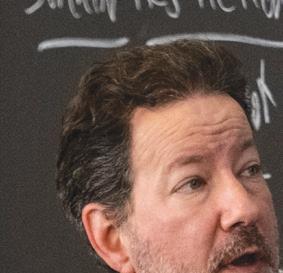
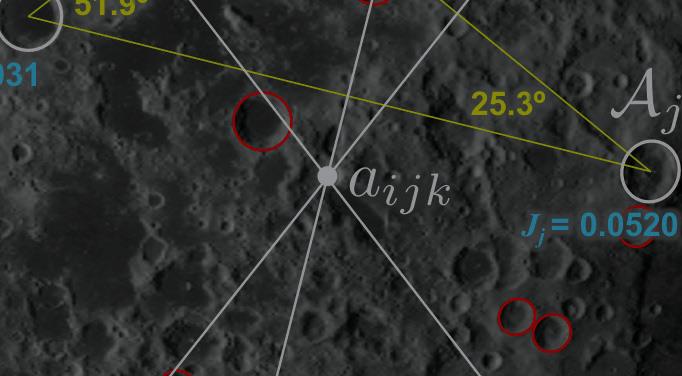








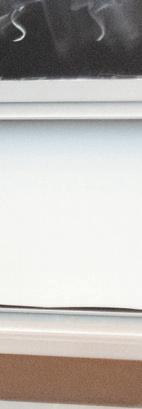
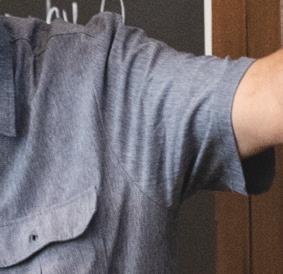
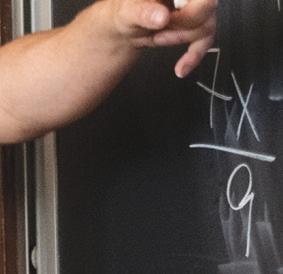

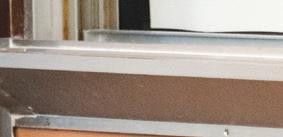

Bridge to Calculus, an innovative collaboration led by Northeastern faculty and Boston public school teachers, offers rising high school juniors and seniors the opportunity to enhance and strengthen their math skills prior to taking calculus the following year. Held on the Northeastern University Boston campus, the Bridge to Calculus program has been recognized by the American Mathematical Society for its contributions to the community.
Research Experience for Undergraduates (REU), a program supported by a Research Training Grant from the National Science Foundation, has been in operation through the Mathematics Department since 2018. The program had another successful run for two months in summer 2022.

The William Lowell Putnam Mathematical Competition is the premier mathematics competition for undergraduate students enrolled at institutions in the U.S. or Canada. The six-hour Putnam exam is considered extremely difficult, and perfect scores are rare. The three top scorers from a participating institution are its designated Putnam team. Northeastern’s Putnam team did extremely well in the 2021 Putnam Competition in December, placing 37th nationally, out of 427 competing institutions! Ten Northeastern students participated, one placing in the top 200 nationally, another in the top 300, out of 2,975 students nationally. Congratulations!
Rohit Thakur, a graduate of the MS in Applied Mathematics program, appreciated the way his classes provided him with the in-depth knowledge and hands-on skills required to excel in his co-ops. He was particularly impressed that his professors and advisors were industry experts who, he felt, maintained an outstanding balance between application and theory when teaching their courses and were able to keep him up to date on the constantly changing job market.
Karissa Stisser enrolled in the MS in Applied Mathematics program after serving for ve years in the Marine Corps. As a robotics software engineer with a computer science background, she focused on strengthening her understanding of applied mathematics in hopes of writing complex algorithms that will solve the problems of tomorrow.




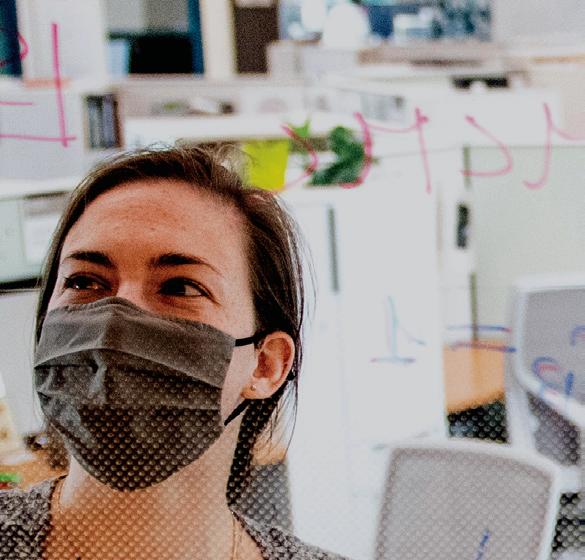


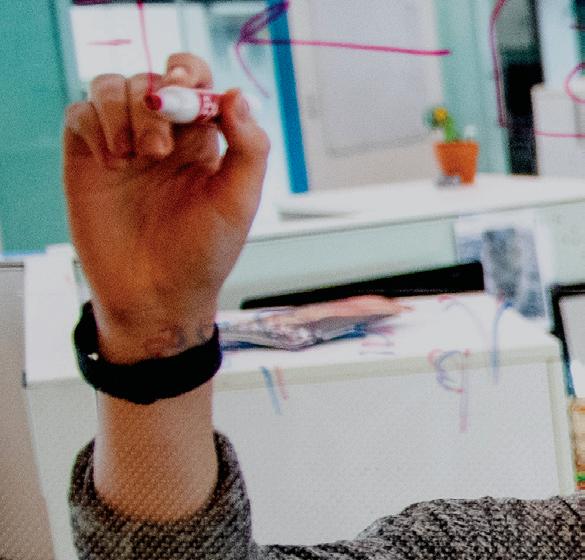

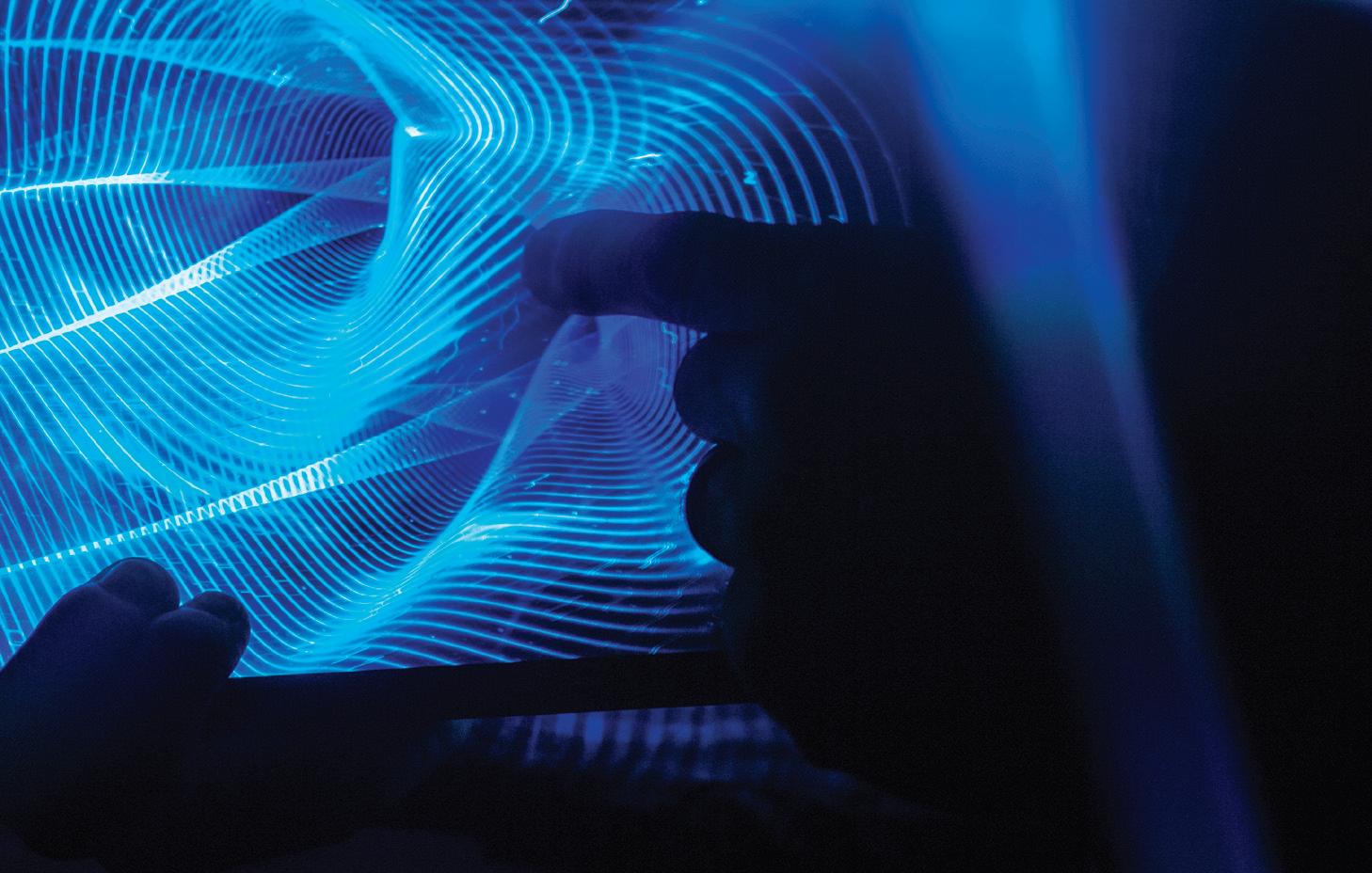

Asking “why” is a key unifying experience for physicists around the world. Over the past year, the intellectual power and stamina of the department have been used to also answer “how.”

In an ever-changing landscape struggling through a global pandemic, the department implemented NUFlex instruction and rotated students through in-person attendance to allow for safe social distancing. Faculty modi ed their courses to teach e ectively using hybrid remote and in-person methods; we even set up our lab courses so that students could attend in person or remotely, with the remote person working with a partner who was doing the experiments in the lab. This involved tremendous e ort by faculty and sta , which was clearly appreciated by the students, as it allowed for a successful academic year despite the unprecedented circumstances.
Since January 2021, the department has welcomed six new full-time faculty members, with four more starting next fall. This includes faculty members with research programs in experimental biological and quantum physics (Paul Stevenson), astrophysics (Tsuguo Aramaki and Jacqueline McCleary), arti cial intelligence and high energy physics theory (Ning Bao and Fabian Ruehle), condensed matter physics theory (Yizhi You and Qimin Yan), and network science (Mauricio Santillana).
We are delighted to hold in-person department events once again, including weekly meetings of the Society of Physics Students (SPS), an undergraduate group, and the “Introduction to Research” course for incoming PhD students. I am happy to see continued leadership from our SPS students, which includes a student-organized peer mentoring program connecting new students with more experienced undergraduate students in our majors. Our annual signature Nobel Physics Colloquium was offered again this year. This event, featuring Dr. Luca Luezzi—a collaborator of Nobe Prize winner Dr. Giorgio Parisi—focused on replica symmetry breaking theory for complex disordered systems. Finally, while our active seminar series are still being held virtually, both attendance and discussion at these seminars are strong, allowing us to maintain a lively intellectual climate.
Mark Williams, PhD Chair, Department of Physics





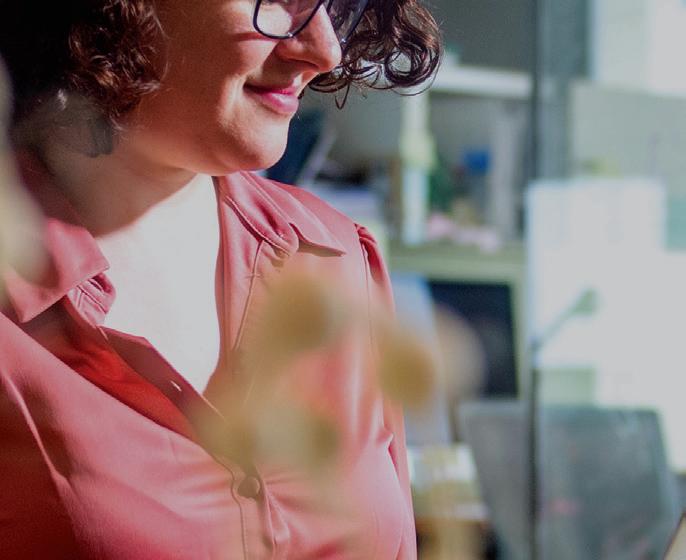
Deisy Morselli Gysi, a postdoctoral researcher and member of the Center for Complex Network Research, used arti cial intelligence and other network science tools to investigate thousands of drugs worldwide and evaluate them to determine if any have the capabilities to weaken or neutralize COVID-19. This method identi es existing drugs for further in-depth research, which could speed up treatment discovery for some diseases.

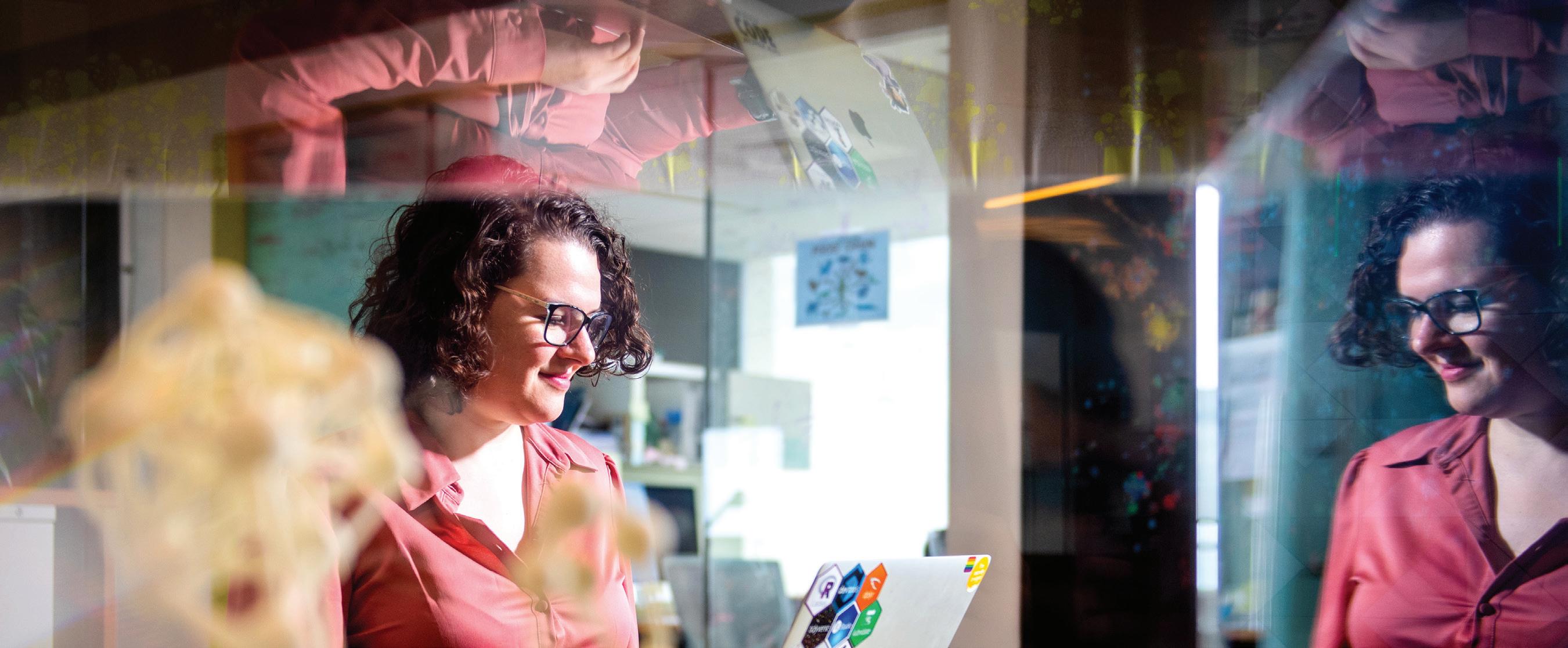



Professor and director of CIRCS Alain Karma’s research combines experiments conducted onboard the International Space Station and ground-based computational modeling to understand phase transformation, part of a collaboration between NASA and the French Space Agency (CNES).

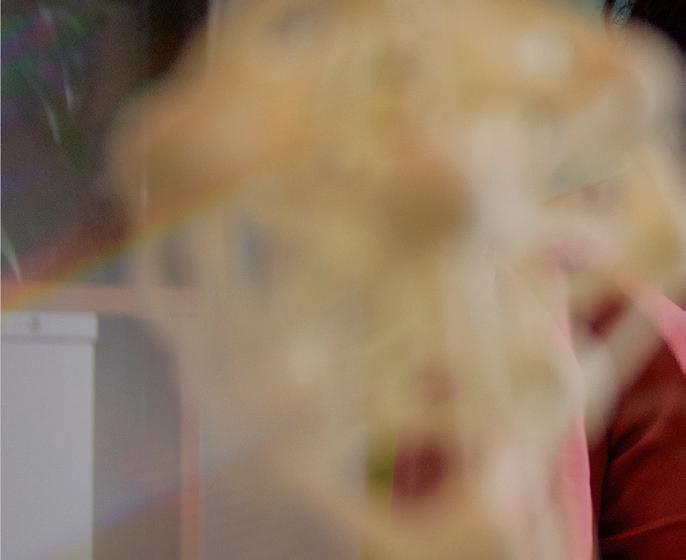
University Distinguished Professor in Physics Arun Bansil and colleagues discovered that certain two-dimensional materials contain the atomic properties conducive to creating qubits—elusive quantum bits that show promise to advance quantum computing.

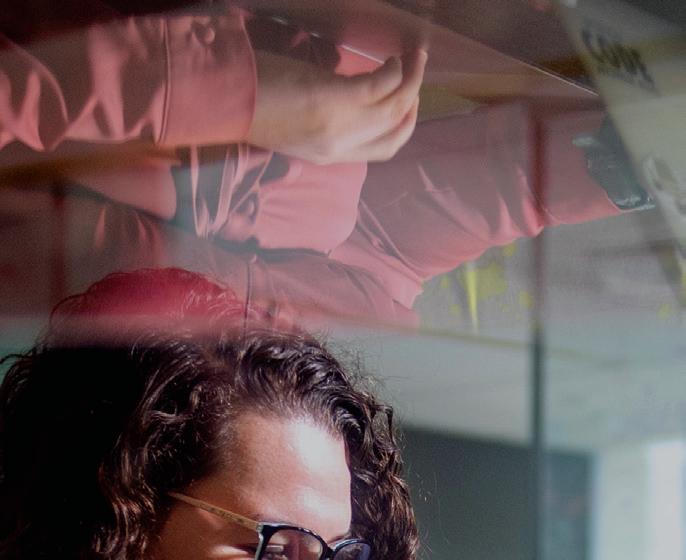
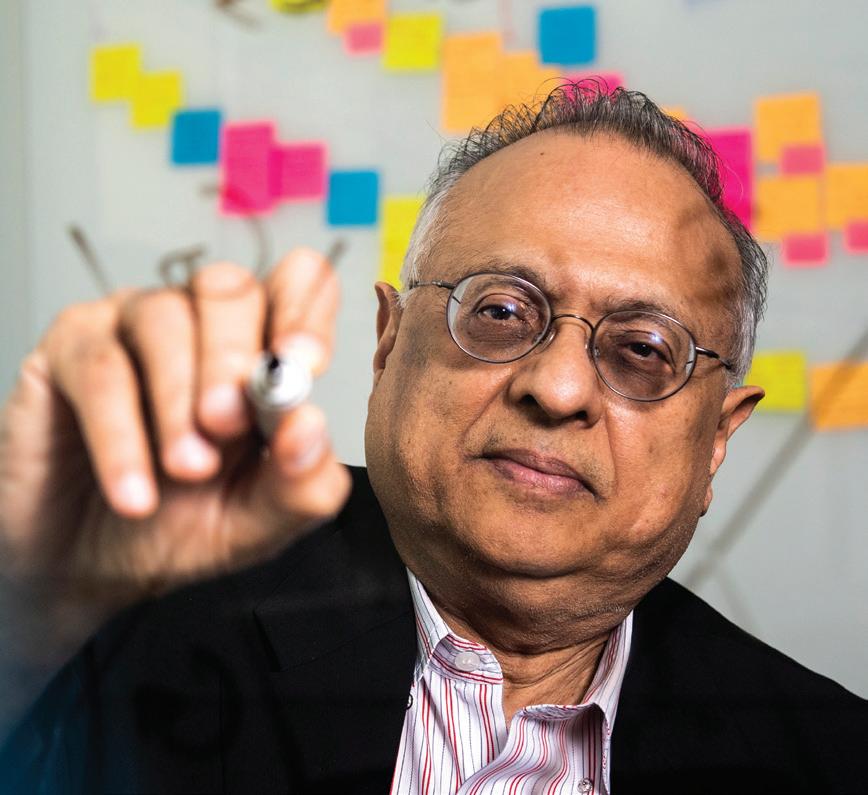
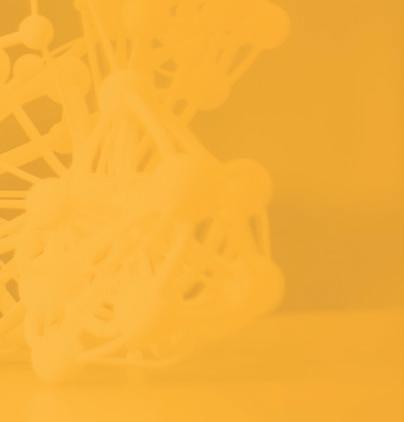
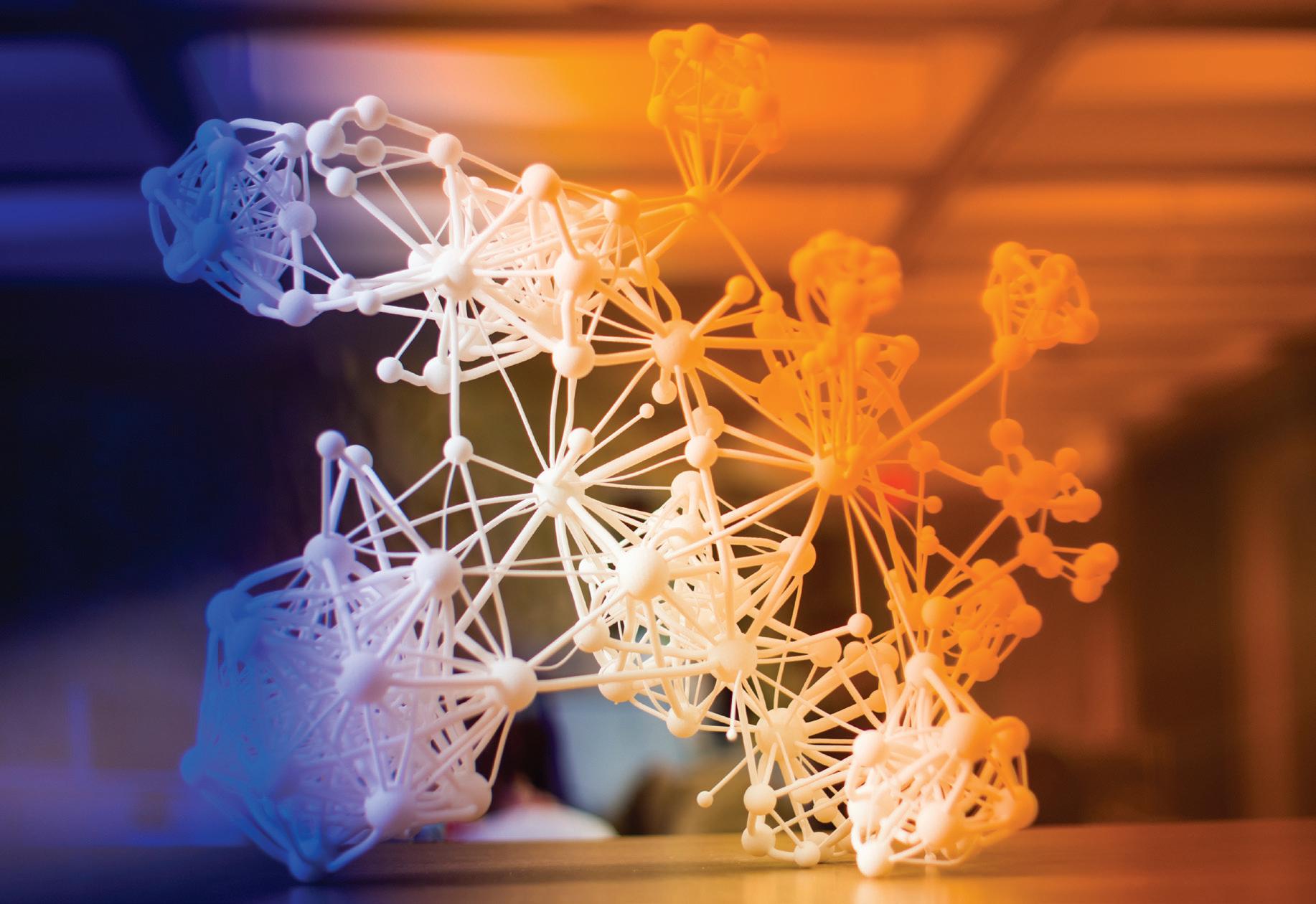
Albert-László Barabási, the Robert Gray Dodge Professor of Network Science and University Distinguished Professor in Physics, has used art as a means to visualize and discover data in network relationships. Initially employing two-dimensional images, later using computer models, and recently using 3D sculptures, Barabási’s work offers both aesthetic value and a deeper insight into the relationships between complex systems. In addition, the board of the European Physics Society Statistical and Nonlinear Physics Division announced Barabási as one of two recipients of the 2021 EPS Statistical and Nonlinear Physics Prize.
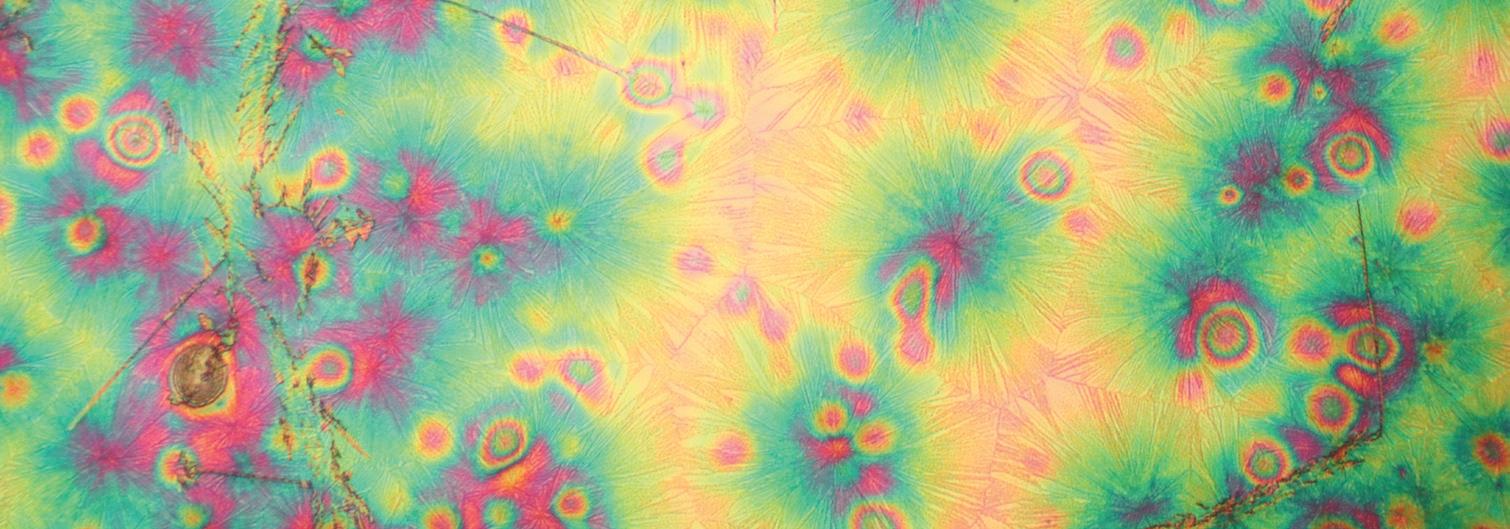

In September 2021, the physics department brought together four alumnae who have gone on to succeed in a range of careers to share their thoughts, advice, and outlook with the department. Panelists included Michelle Jamer (PhD, 2015), assistant professor of physics at the United States Naval Academy; Sarita Marom (BS, 2019), associate product manager at Rocketbook; Joyce Yang (PhD, 2018), senior manager of data science at Wayfair; and Kelsey Yee (BS, 2018), PhD student at MIT. Together, they provided inspiration to a new generation of physicists.
During the summer and fall of 2021, Anika Padin completed part-time research under assistant professor Louise Skinnari for the CMS experiment at CERN, researching improvements on the track trigger in the CMS detector. In addition to this research experience, Padin received a 2021 Advancing Women in Science Scholarship and traveled to Italy for a global co-op at the University of Milan, where she completed research on the electrical properties of nanoparticles.



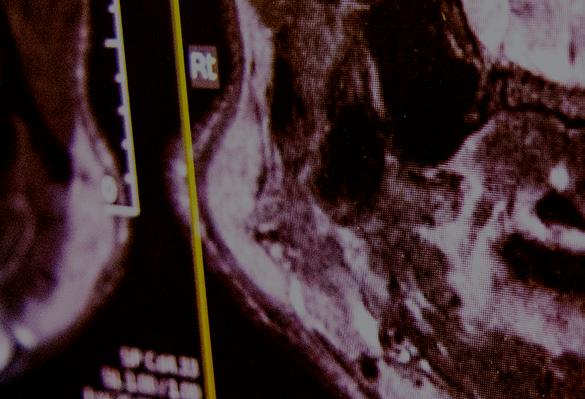


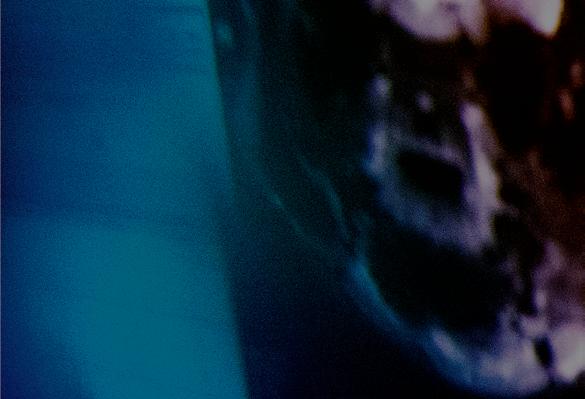

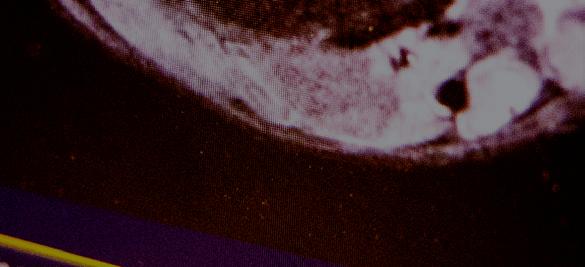




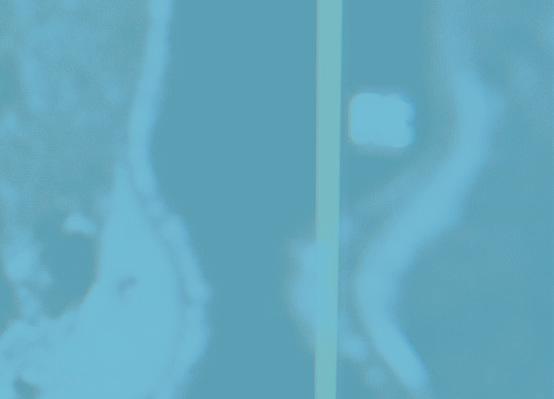




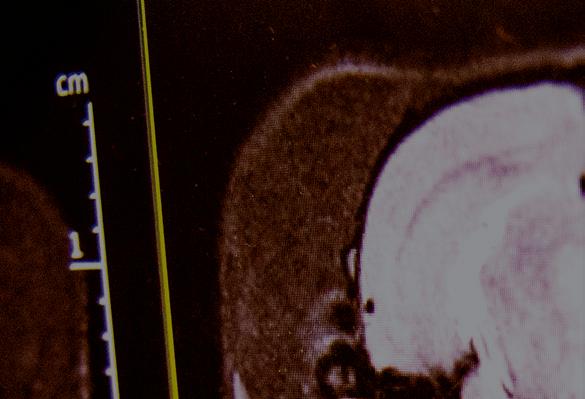
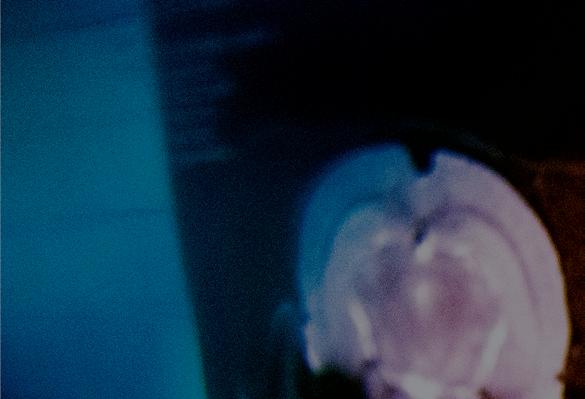

The Department of Psychology is a highly interdisciplinary, diverse community of scientists who are dedicated to research and education across the field of psychological and brain sciences. Our researchers study the structure and function of the brain—from the microscopic levels of neurotransmitters, to the mesoscopic level of brain systems, to the macroscopic levels of individual and geopolitical behavior. We are interested in the development and maturation of these systems across the lifespan in both healthy and disordered brains, and we study human and animal models. This breadth of inquiry is matched by the expertise and methodologies employed by our faculty. These span electrophysiology, imaging, micro-stimulation, computational modeling, and behavioral approaches.
Psychology is an inherently multidisciplinary science—one that is involved in every aspect of our lives and our interactions with others. Our undergraduate and graduate student education reflects this breadth: in addition to a major in psychology, we co-manage a major in behavioral neuroscience and offer 13 combined majors with business and arts disciplines. New majors include the BS in Human Services and Psychology, the BS in Psychology and Music, and the BS in Psychology and Theater. We have partnerships across the world that provide opportunities for students to study abroad.
A primary focus of our research concerns mental health and wellness. Many of our researchers study clinical populations and are directly involved in therapies and intervention that aim to improve human physical and mental health. All our students have an opportunity to be involved in laboratory research, and many publish their research in scienti c journals and give presentations at international conferences.
We are committed to creating an inclusive community that reflects the diversity of our society and addresses the problems faced by us all. Like every aspect of our research and education foci, this is an ongoing process that requires sustained e ort and attention, but every member of our department, from incoming rstyear students to senior faculty, is working together toward this goal.
Peter Bex, PhD Chair, Department of Psychology




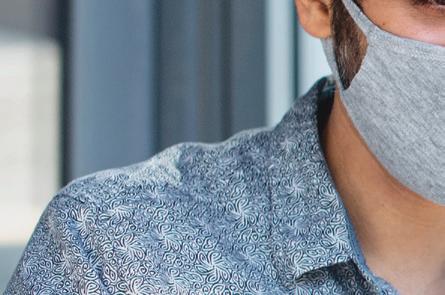


The wide array of platforms and outlets for information can be overwhelming, particularly during a time where plugging in and absorbing such content is a reassuring behavior for many of us. Karen Quigley, professor of psychology, advises us to take breaks but not to disengage entirely. Quigley’s research into emotions and our reactions to life also exposes a clear line between a feed of information and developing true knowledge: “become an expert in the thing you’re passionate about” to balance your life and bring about real change.


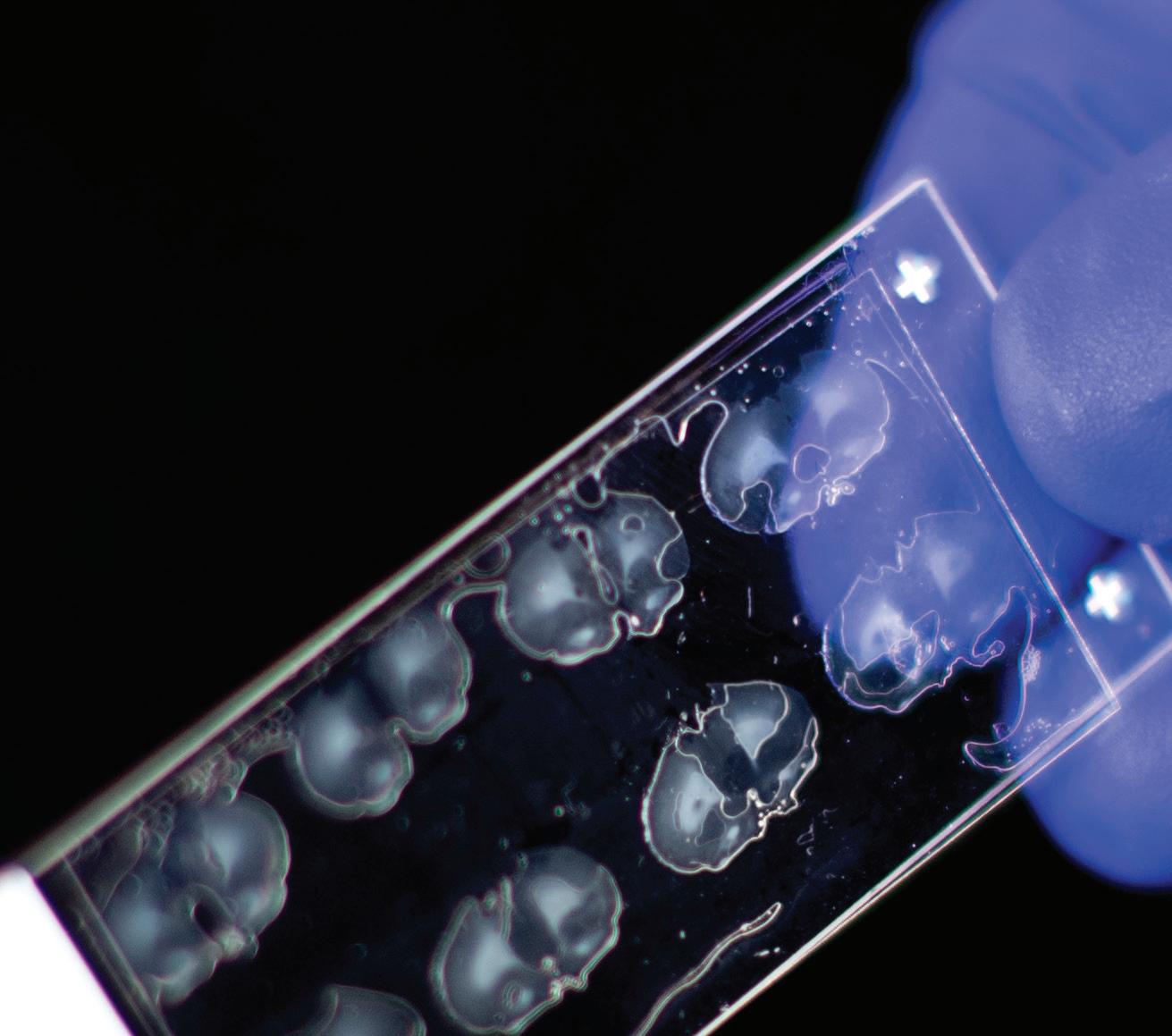




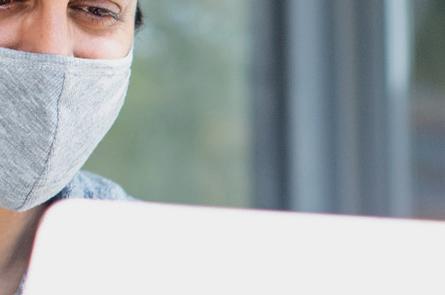
Alessia Inacarelli, a doctoral student in psychology working with Ajay Satpute, assistant professor of psychology, o ers a di erent method for reviewing scienti c literature: an algorithm that surveys the full community of approaches to a topic. Different fields may have an overwhelming array of papers available, often ranked by the number of times they have been cited. Inacarelli’s approach groups these papers into the di erent thematic variations of a particular paper, which gives scientists a di erent way to determine what to read.
Companies and governments alike are eager to use artificial intelligence (AI) to infer someone’s emotional state by reading their facial expressions, in the hopes of predicting or manipulating their behaviors. But Lisa Barrett, University Distinguished Professor in Psychology, has proven that our interpretations of a scowl or a smile—without additional context— can lead us down the wrong road, quickly. Similarly, arti cial intelligence may recognize a smile but fail to read the additional context to gain true insight into someone’s emotional state. Her conclusion: You can’t determine emotion from someone’s facial movements, and neither can AI.


Long-term stress, the kind you might feel when guarding yourself and your family against a global pandemic, can impact the way your brain handles stress, and can even physically change your brain. Heather Brenhouse and Rebecca Shansky, both associate professors of psychology, explore these links and evolutions particularly during COVID-19, but point out that the human brain is incredibly adaptable, and could eventually provide new coping mechanisms.
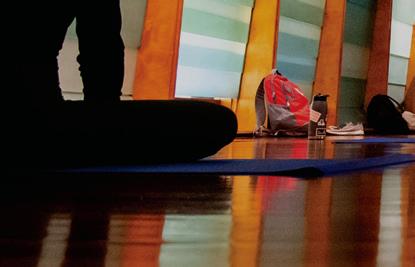
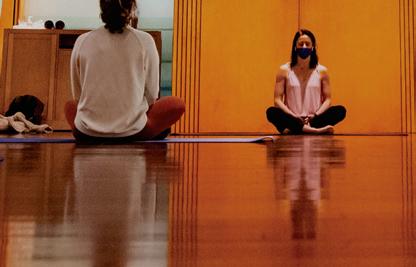
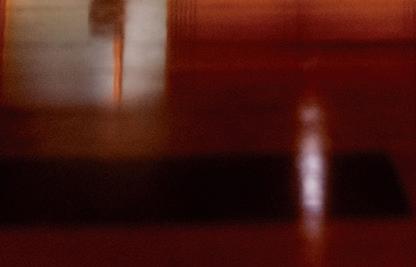
• NATIONAL INSTITUTES OF HEALTH GRANT: MECHANISMS DRIVING THE DEVELOPMENT OF THREAT SENSITIVITY FOLLOWING EARLY LIFE ADVERSITY / Heather Brenhouse
• THE JOHN TEMPLETON FOUNDATION GRANT: ACADEMIC IDEAS IN THE PUBLIC SPHERE: TEACHING SCIENTISTS AND PHILOSOPHERS HOW TO COMMUNICATE WITH THE PUBLIC / David DeSteno, Lisa Feldman Barrett
• NATIONAL INSTITUTES OF HEALTH GRANT: ASSESSMENT AND REHABILITATION OF BINOCULAR SENSORIMOTOR DISORDERS BINOCULAR VISION / Peter Bex

• WELLCOME LEAP GRANT: KHULA LEAP: A MULTISCALE APPROACH TO CHARACTERIZING DEVELOPING EXECUTIVE FUNCTIONS / Laural Gabard-Durnam
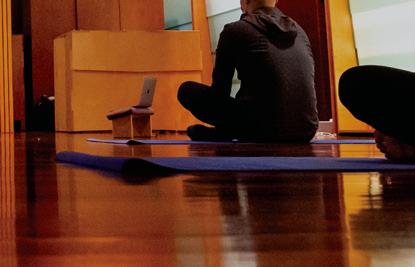
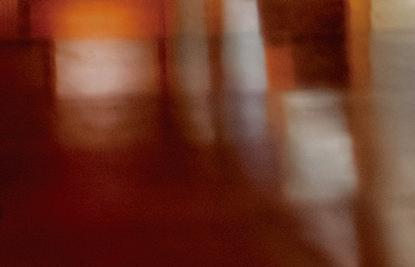

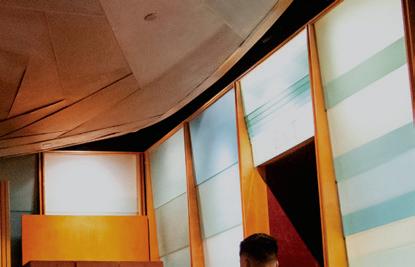



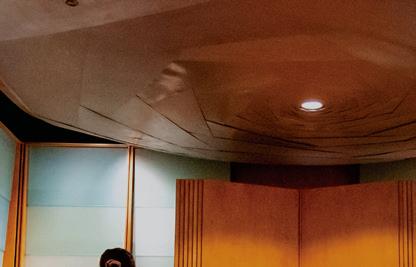
• WELLCOME LEAP AWARD / The Plasticity in Neurodevelopment Lab along with an international team of coinvestigators for the study of how the developing brain shapes cognitive skills over the first three years of life in South Africa and Malawi.
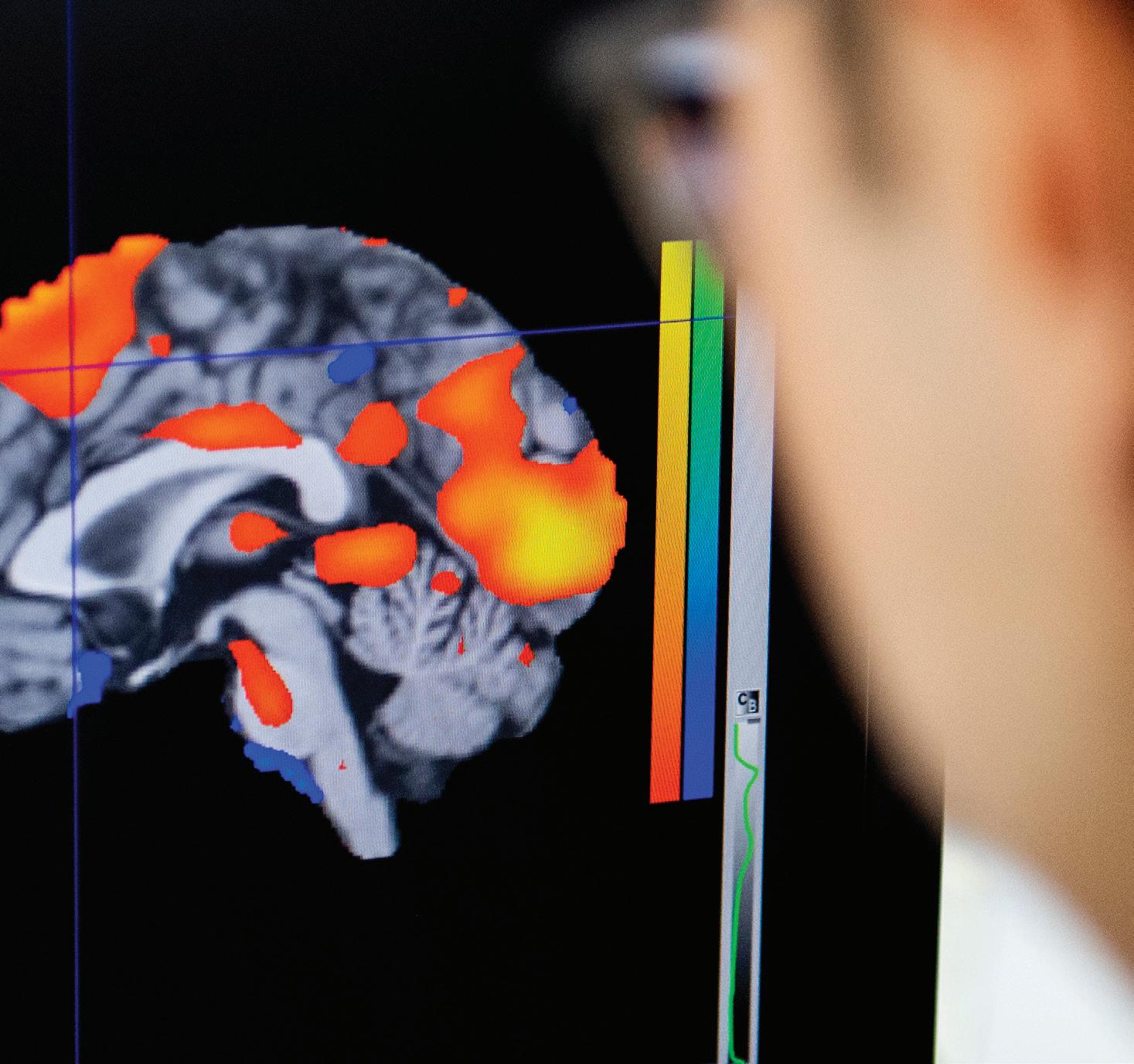
• INAUGURAL FELLOW OF THE SOCIETY FOR PSYCHOPHYSIOLOGICAL RESEARCH / Karen Quigley
• ACOUSTICAL SOCIETY OF AMERICA SILVER MEDAL IN SPEECH COMMUNICATION / Joanne Miller
• KNIGHT OF THE ORDER OF THE STAR OF ITALY FOR HIS LEADERSHIP IN ADVISING THE ITALIAN COVID-19 RESPONSE / Alessandro Vespignani
Second-year psychology major Aliyah Jackson’s co-op introduced her to You’re with Us!, a nonprofit that expands access and inclusion in everyday activities for young adults with disabilities. Jackson says the experience taught her key workplace lessons, such as the differences between working at a nonprofit organization versus a private company, and the rewards and challenges of working with marginalized populations.
HAZEL SIVE, P h D
Dean, College of Science PhD Rockefeller University
Dean Sive is a research pioneer, a bold innovator, and a leader in higher education. Dean Sive is promoting excellence across the College of Science, through powerful science research including interface with industry, innovative education and training, and a landscape of entrepreneurship.
Dean Sive is committed to a culture of respect and action toward equity, extending across every sphere of the College.
Senior Associate Dean for Academic Affairs
PhD University of California, Berkeley
Professor Nelson provides strategic oversight to undergraduate education. He also leads PhD education, including expansion of doctoral programming and the development, management, and assessment of curricula.
Associate Dean for Professional Programs
PhD University of Massachusetts
Professor Auclair’s focus is on a future of higher education where practical, hands-on experiences and varying levels of credentialing prepare a skilled workforce.
ERIN CRAM, P h D
Associate Dean for Research
PhD University of California, Berkeley
Professor Cram provides strategic support for research in COS, including developing resources, mentoring faculty, and promoting entrepreneurship.
Associate Dean of Equity PhD University of California, Davis
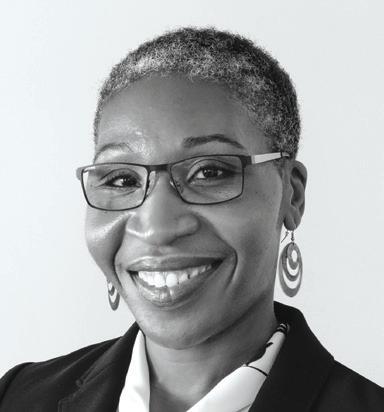
Professor Hughes manages and develops initiatives to promote diversity, inclusion, equality, and justice in the College of Science, and to foster a culture of respect in the College community.

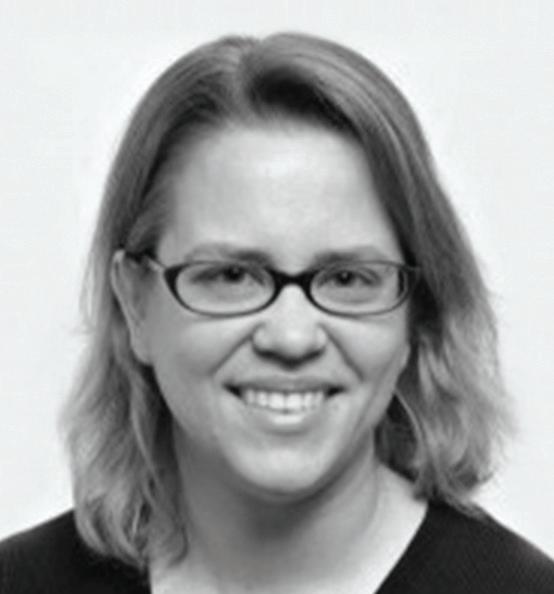
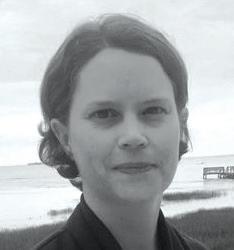
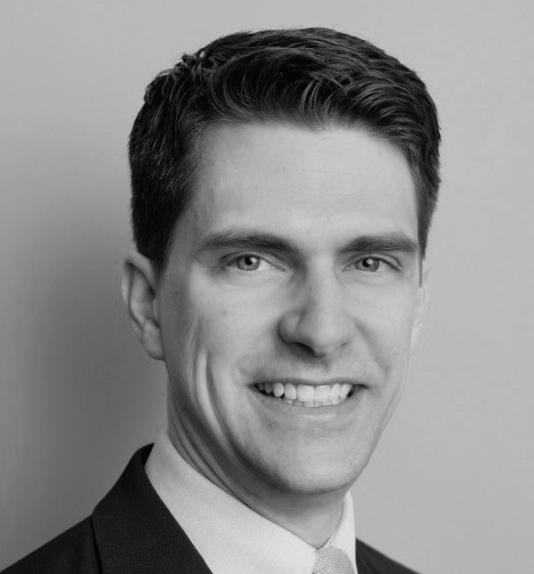
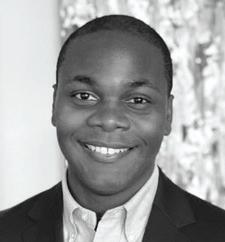
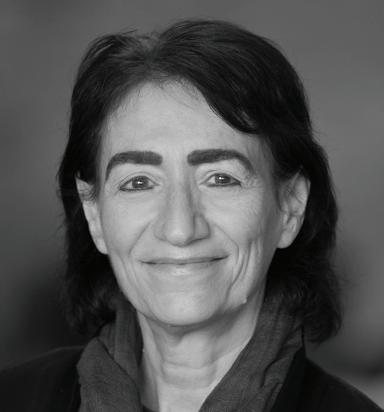
Associate Dean of Administration and Finance
Associate Dean Sam Inman provides strategic oversight and leadership for college finance, human resources, research administration, and operations.
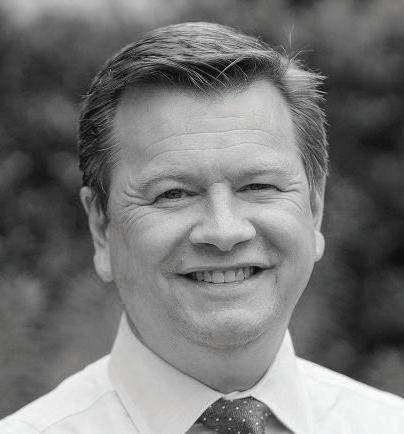
Associate Dean for Faculty Affairs
PhD Harvard University
Professor Oyelaran provides leadership for faculty affairs as related to hiring, tenure, promotion, sabbatical, governance, mentoring, and professional development.
Associate Dean Thompson connects college leadership and faculty with alumni, parents, and partners to secure support for strategic college priorities such as endowed chairs, capital projects, scholarships, and research.
PENNY
P h D
Chair, Department of Chemistry and Chemical Biology
PhD University of Minnesota
Professor Beuning has been the recipient of the Camille and Henry Dreyfus Foundation New Faculty Award, a Cottrell Scholar, an American Cancer Society Research Scholar, and the recipient of an NSF CAREER award, among other accolades. Her research aims to determine how cells respond to DNA damage and maintain the accuracy of genetic information.
PETER BEX, P h D
Chair, Department of Psychology
PhD Cardi University
Professor Bex had previous faculty appointments at Harvard Medical School, University College London, and Essex University (UK). His research uses cross-disciplinary approaches to study basic and clinical vision science.
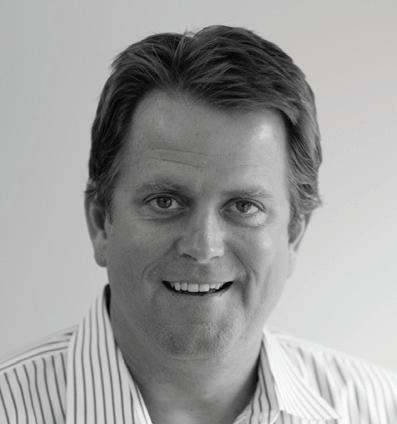
EGON SCHULTE, P h D
Chair, Department of Mathematics
PhD University of Dortmund
Professor Schulte held previous appointments at MIT, the University of Washington, and the University of Dortmund. His areas of expertise include discrete and combinatorial geometry, combinatorics, and group theory.

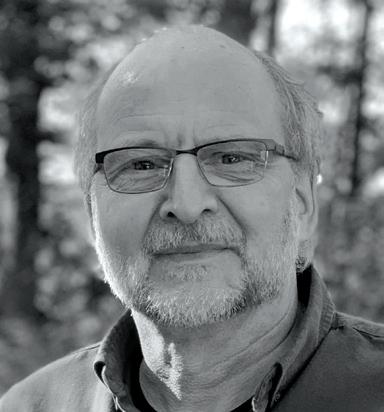
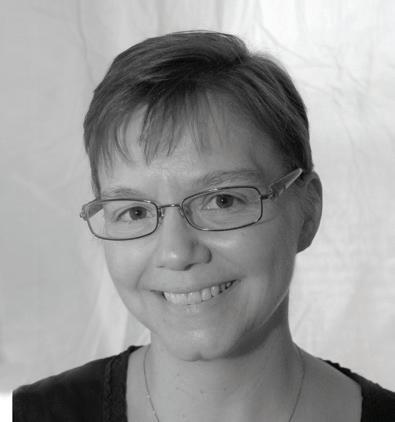
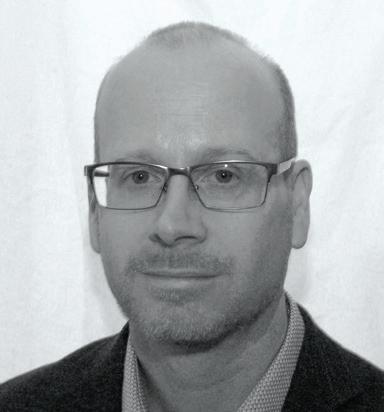

Chair, Department of Biology and University Distinguished Professor
PhD Rutgers University
Professor Tilly was named one of the top 12 innovators in science and biotechnology in Massachusetts by the Boston Globe , as well as a Champion in Healthcare by the Boston Business Journal . His areas of expertise cover reproductive biology, developmental and stem cell biology, mitochondrial function, regenerative medicine, infertility, women’s health, and aging.
Chair, Department of Marine and Environmental Sciences
PhD College of William and Mary
Professor Trussell holds a joint appointment in the Department of Civil and Environmental Engineering, is vice president of the Nahant, Massachusetts, campus operations, and serves as director of the Coastal Sustainability Institute. His research program focuses on issues in evolutionary, community, and ecosystem ecology.
MARK
P h D Chair, Department of Physics
PhD University of Minnesota
Professor Williams was awarded a Research Corporation Research Innovation Award as well as a NSF CAREER award and is a Fellow of the American Physical Society. His research specializes in the development of single-molecule methods for quantitatively probing the biophysical properties of DNA and RNA and for understanding the biophysics of their interactions with proteins and other DNA binding ligands.
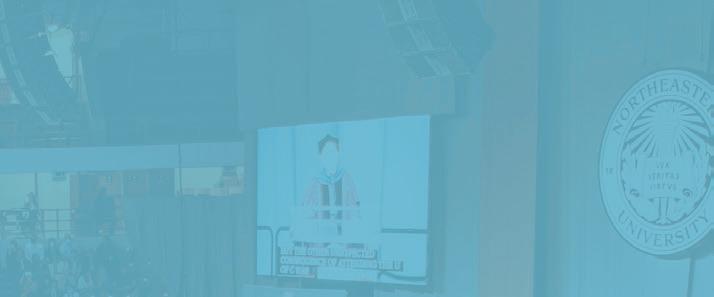
1
Cross-section of an axolotl salamander spinal cord. Magenta coloring is staining DNA in the cell nucleus. Cyan is labeling RNA in stem cells of the spinal cord. Jackson Griffiths
Acinetobacter baumannii forms weak multicellular communities after 24 hours of incubation. Scanning electron micrograph of 24h biofilms of Acinetobacter baumannii 17978. Scale 2 micrometers. Veronica Godoy-Carter/William Fowler
A visualization of the space of planar unit side-length pentagons. Each dot in the plot represents a pentagon in such a way that pentagons that look similar correspond to nearby dots with similar color. The collection of all such dots forms a mathematical object—a surface of genus four—visualized here using a particular two-dimensional projection. Jose Perea
Muscle tissue in the reproductive system of the nematode C. elegans. Colors indicate angle of alignments of the contractile actin fibers. Alison Wirshing
Muscle tissue in the reproductive system of the nematode C. elegans. Colors indicate angle of alignments of the contractile actin fibers. Fereshteh Sadeghian
An electron micrograph of an old C. elegans worm. Arjumand Ghazi
An Acinetobacter baumannii strain defective in the DNA damage response forms prominent multicellular communities or biofilms. Scanning electron micrograph of a 48h biofilm. Scale 3 micrometers. Veronica Godoy-Carter/William Fowler
Fluorescence microscopy of growth plate cartilage (blue Hoechst dye, green 5-DTAF, red collagen 10). Ionescu Lab
Scanning electron microscope (SEM) image of eye lens fiber cells at 2000x magnification. Calf (Bos taurus) eye was fixed in glutaraldehyde and paraformaldehyde and coated with platinum. Michael Bergman
This image shows electron density, derived from X-ray di raction data, for the model of Ras GTPase, a protein mutated in about 20% of all human cancers. Carla Mattos
This image shows proteins “swimming” in an H2O/D2O solution. Structures were created from PDB 1fmk (Xu W.; et al. Nature 1997, 385, 595–602.), and 1tph (Zhang Z.; et al. Biochemistry 1994, 33, 2830–2837). John Engen
A section of a shipworm called Nototeredo knoxi found growing in 60,000-yearold wood at the Alabama Undersea est. The different colors indicate different symbiont species. Marvin Altamia
Mosquito ditches dug into a salt marsh in the early 20th century are detected and mapped out by artificial intelligence. Karen Aerni
An example of invariants computed from a triad of moon crates, seen from two di erent vantage points. The invariants remain unchanged under perspective projection from any viewing geometry and can be used for navigation in lunar orbit. S. Parkes, M. Dunstan, I. Martin, M. McCrum, O. Dubois-Matra
Lunar of craters of different sizes and ages exhibit a variety of morphologies. From left to right: Lichtenburg B, Aristarchus, Copernicus, Riccius W. NASA
Nanostructured magnetic islands in a quantum thin film of potassium cobalt sulfide, grown by John Ferrier in the laboratory of 2D Quantum Materials of Swastik Kar. John Ferrier
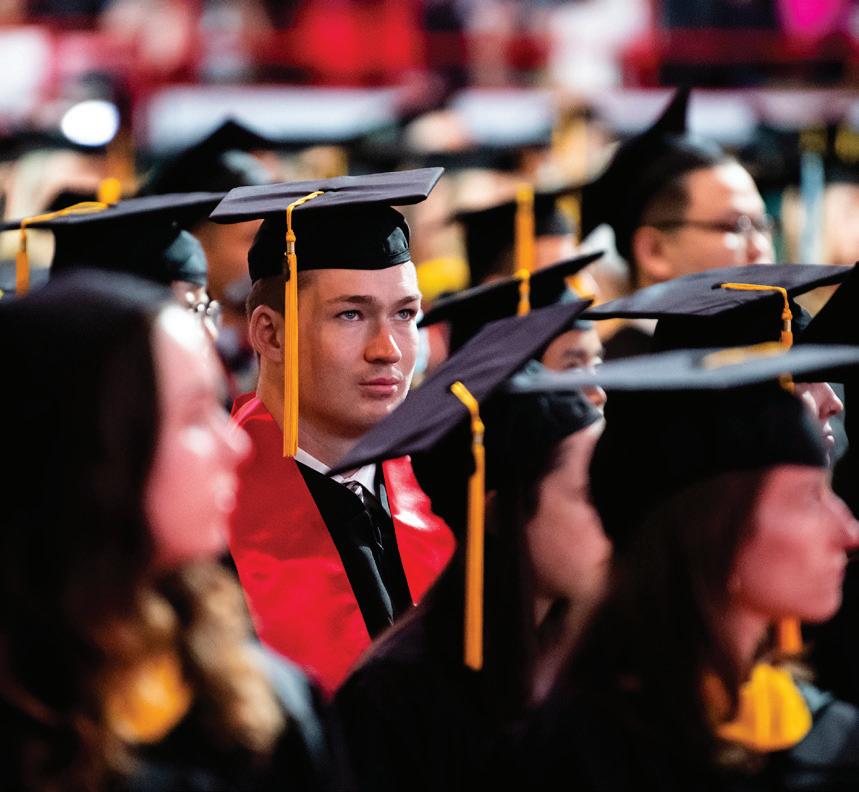
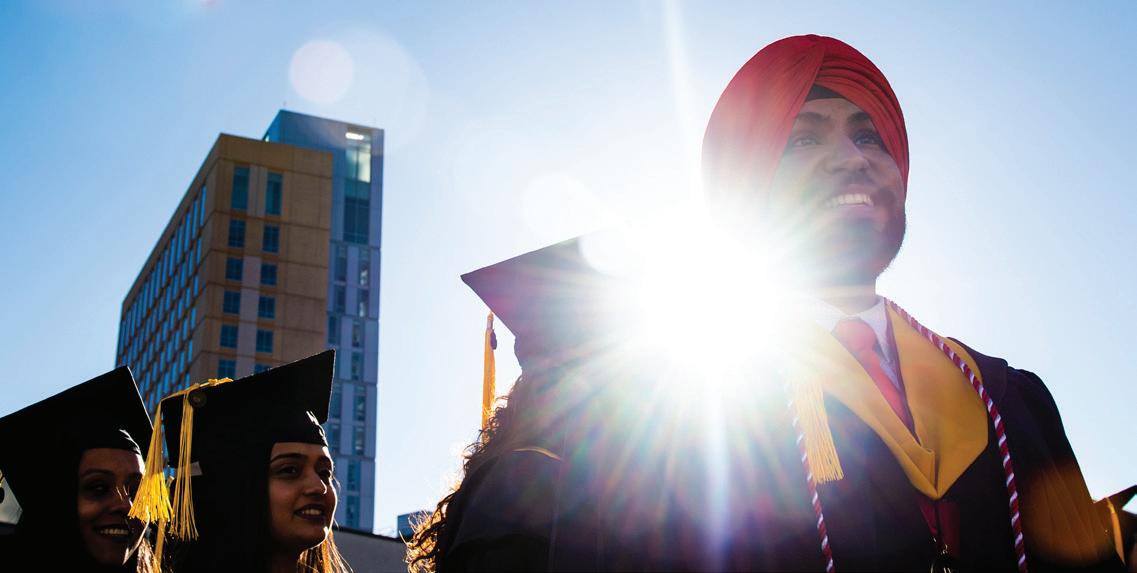
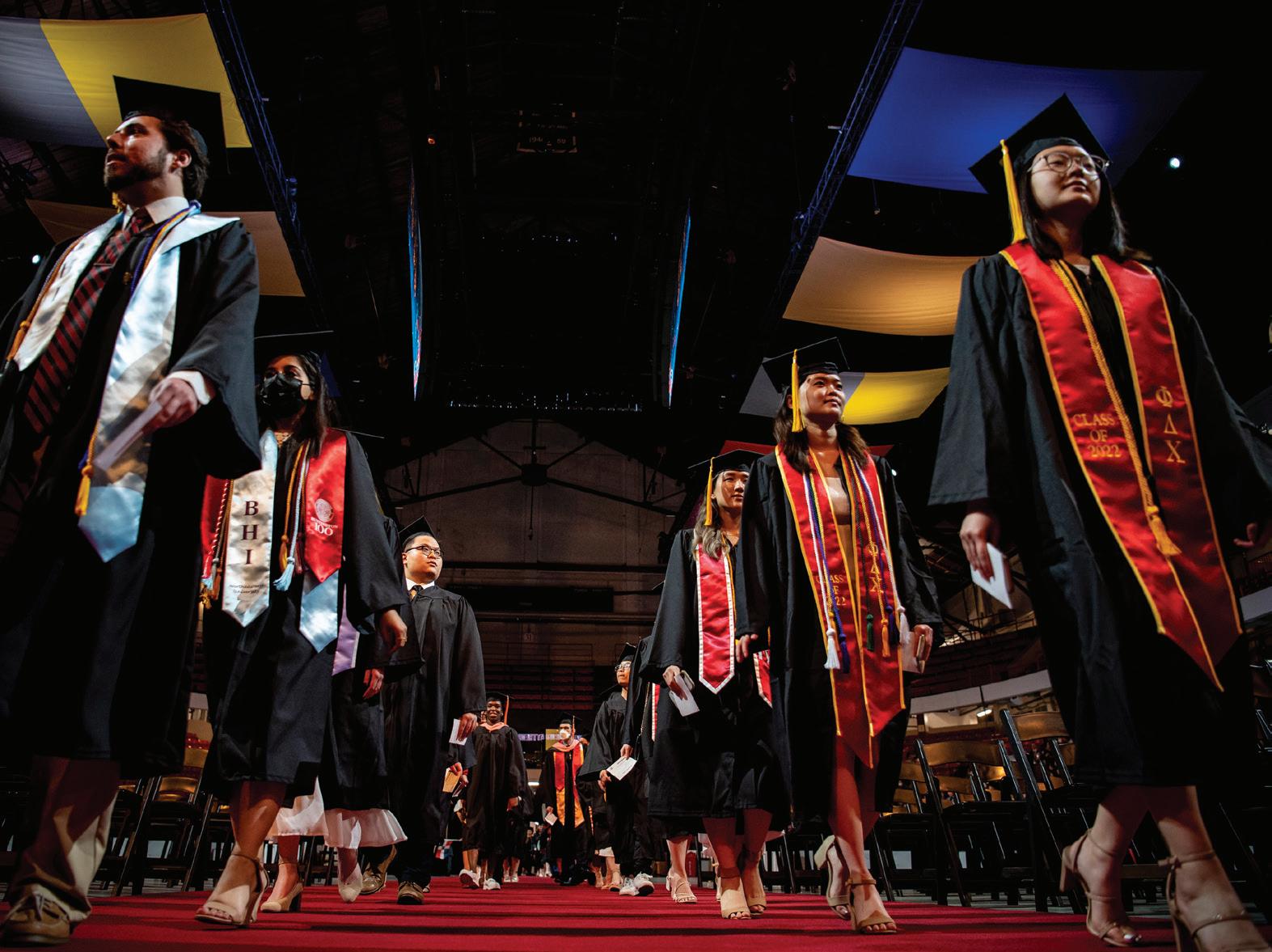


Nanostructured magnetic islands in a quantum thin film of potassium cobalt sulfide, grown by John Ferrier in the laboratory of 2D Quantum Materials of Swastik Kar. John Ferrier
The Apfeld Lab studies the mechanisms that regulate aging in C. elegans nematodes. The pictures are scanning electron micrographs of adult C. elegans on day 2 (young adult), day 7 (middle aged adult), and day 13 (very old adult) of their adult life. These worms are about 1 mm long. Arjumand Ghazi
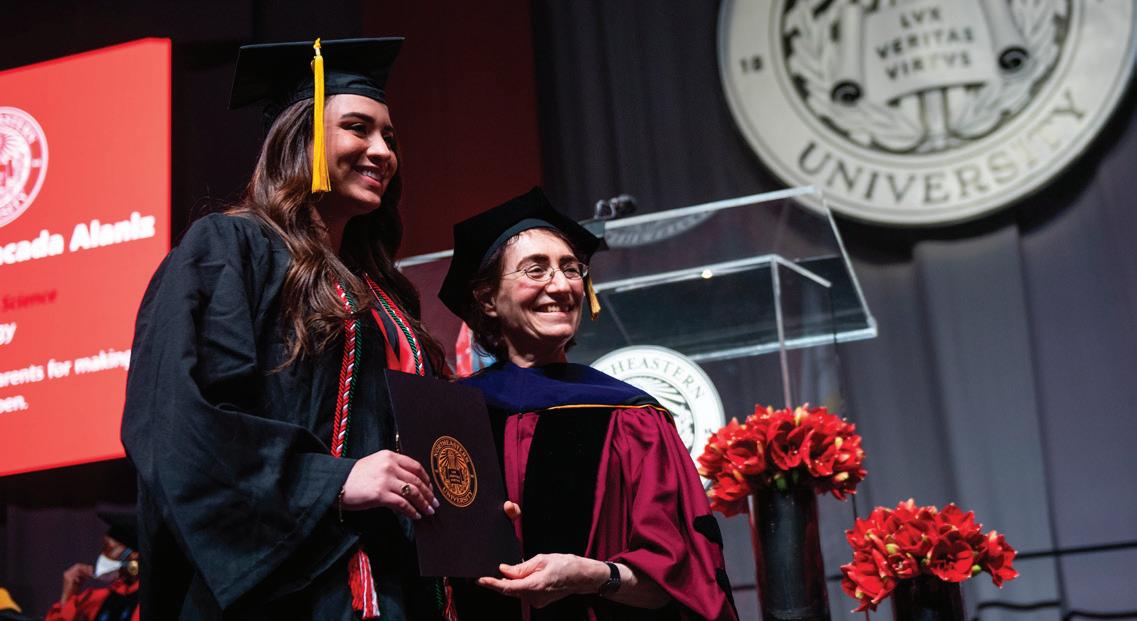 PHOTOS BY:
PHOTOS BY:
I want to give you each something I’ve found useful. It’s a pair of walking shoes, that anyone can use, because they are walking shoes of the mind. You can walk slow enough to savor great days, and fast enough to walk out of bad days. Your walking shoes are important because life is not a race. There is simply the opportunity to do something interesting and useful. Walk forward with your new shoes, as you decide where to put your wonderful talent and time. Congratulations!
Hazel Sive, PhD, Dean College of Science, Northeastern University115 Richards Hall, 360 Huntington Avenue, Boston, MA 02115 617-373-5085 cos.northeastern.edu